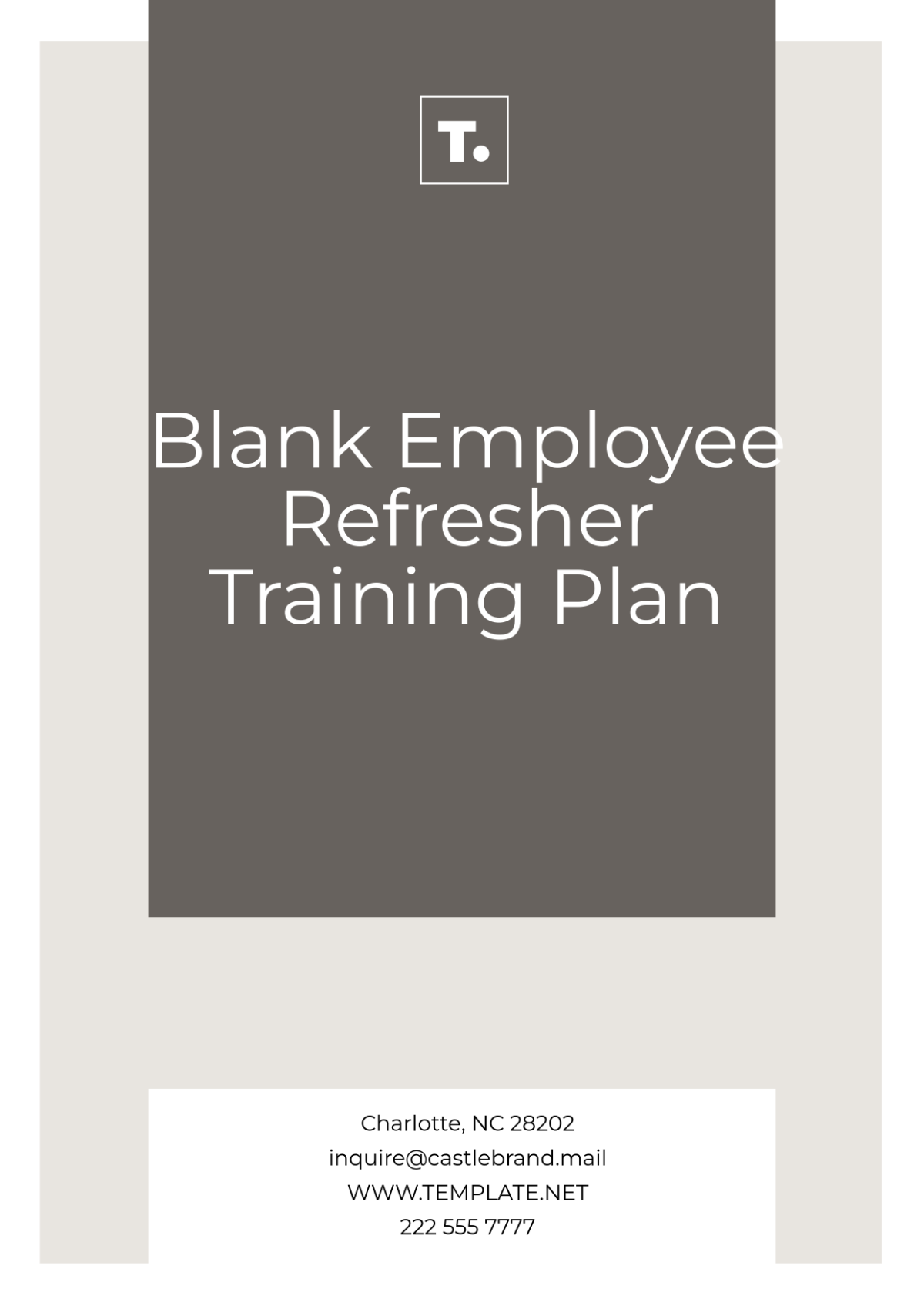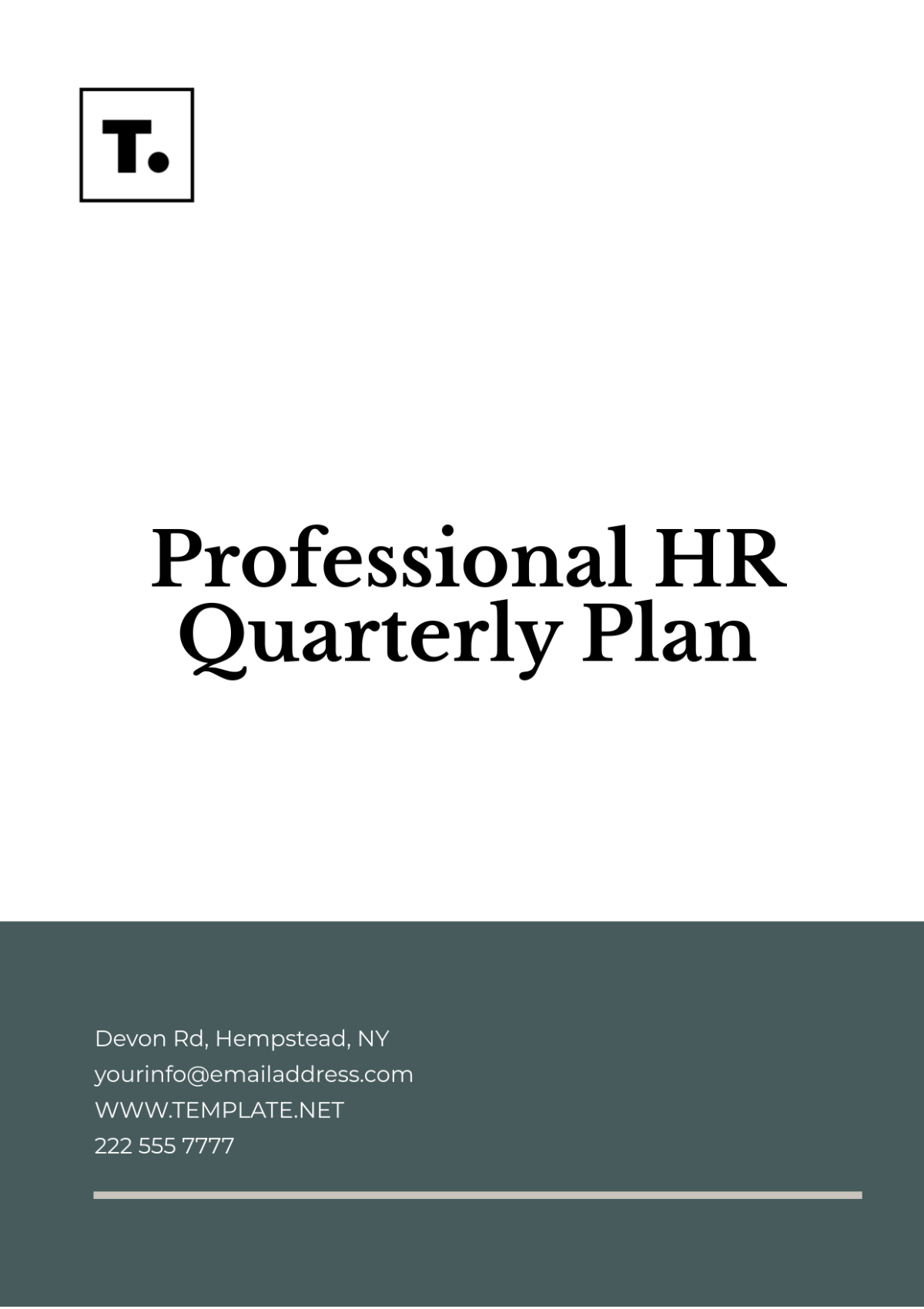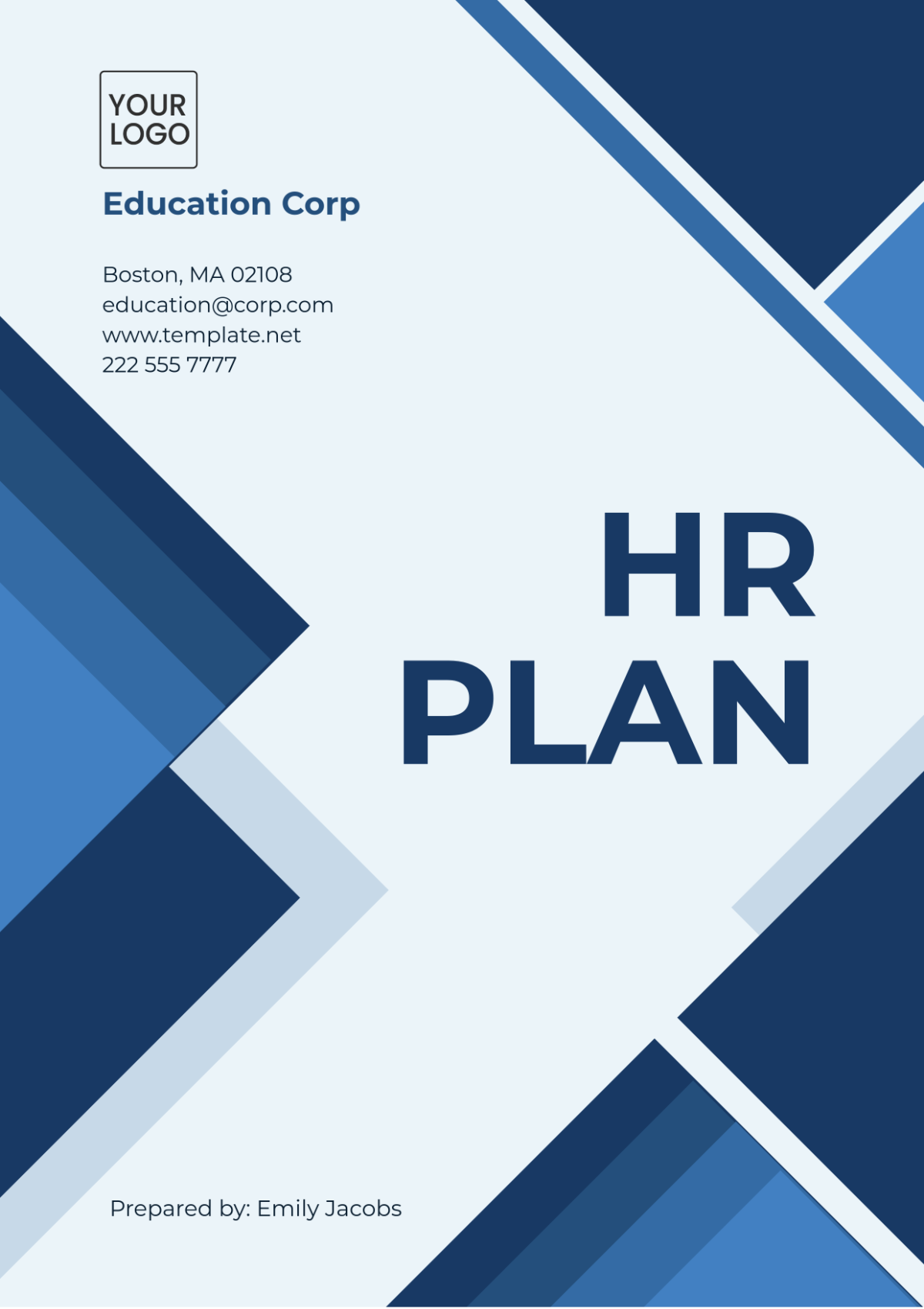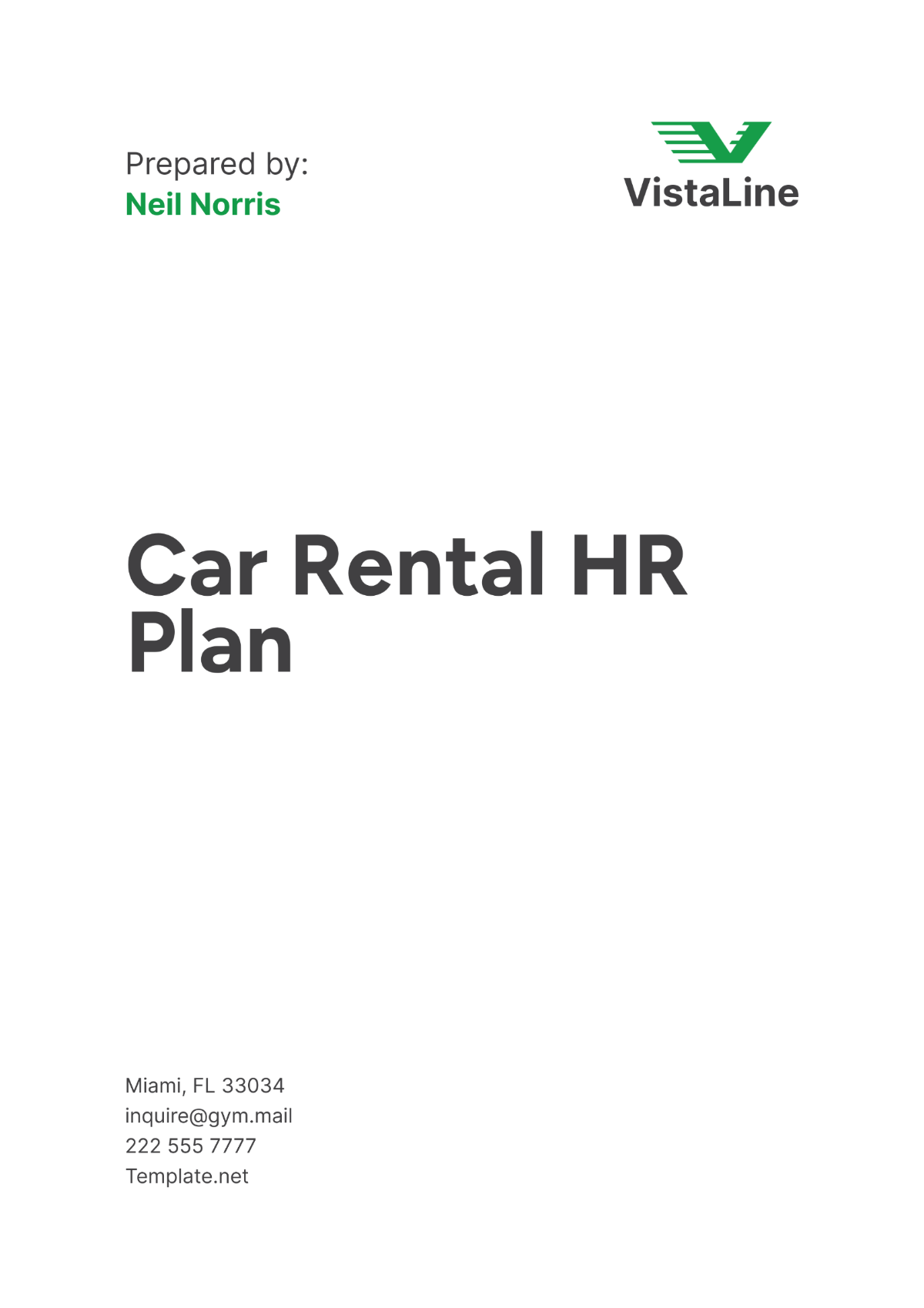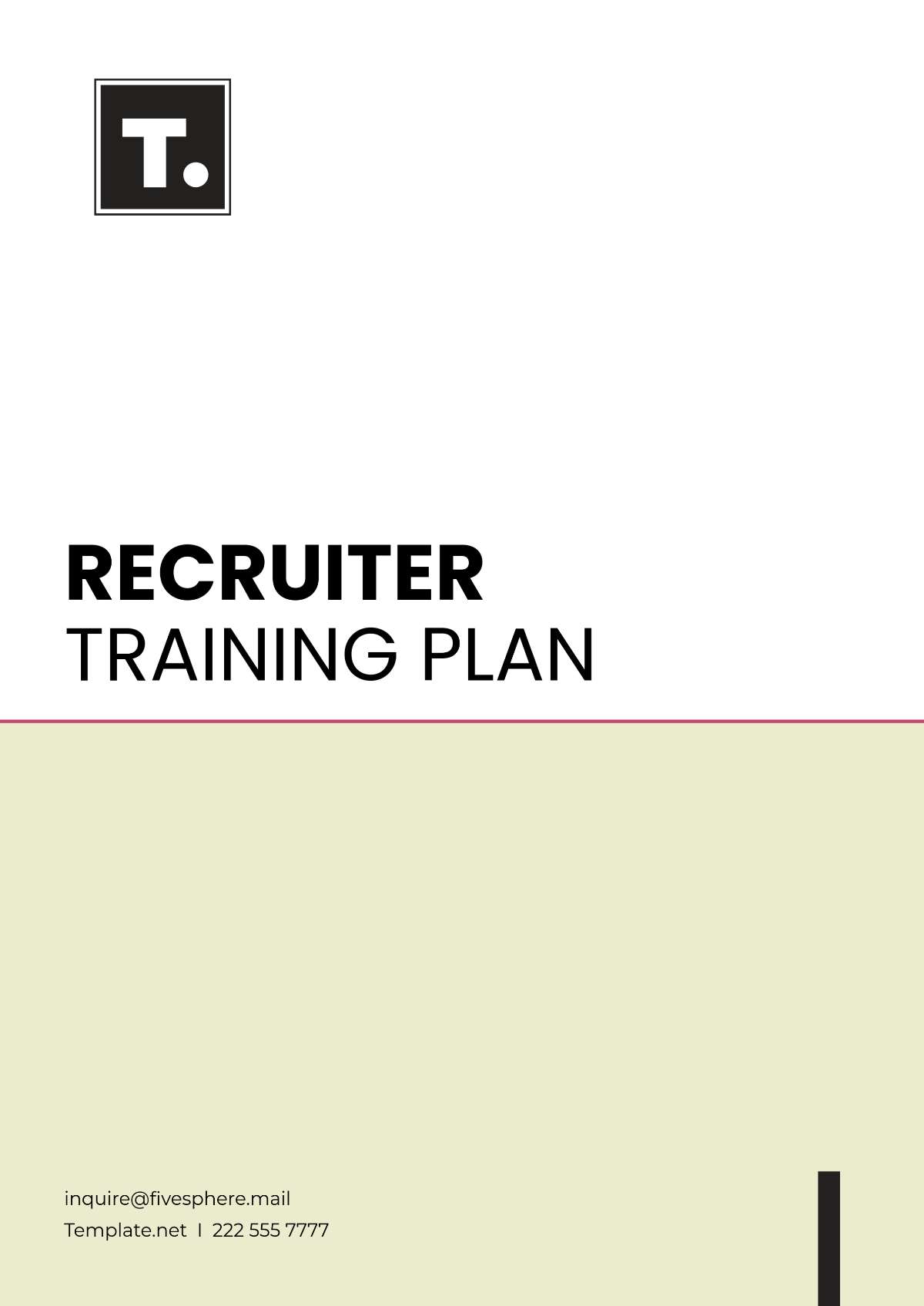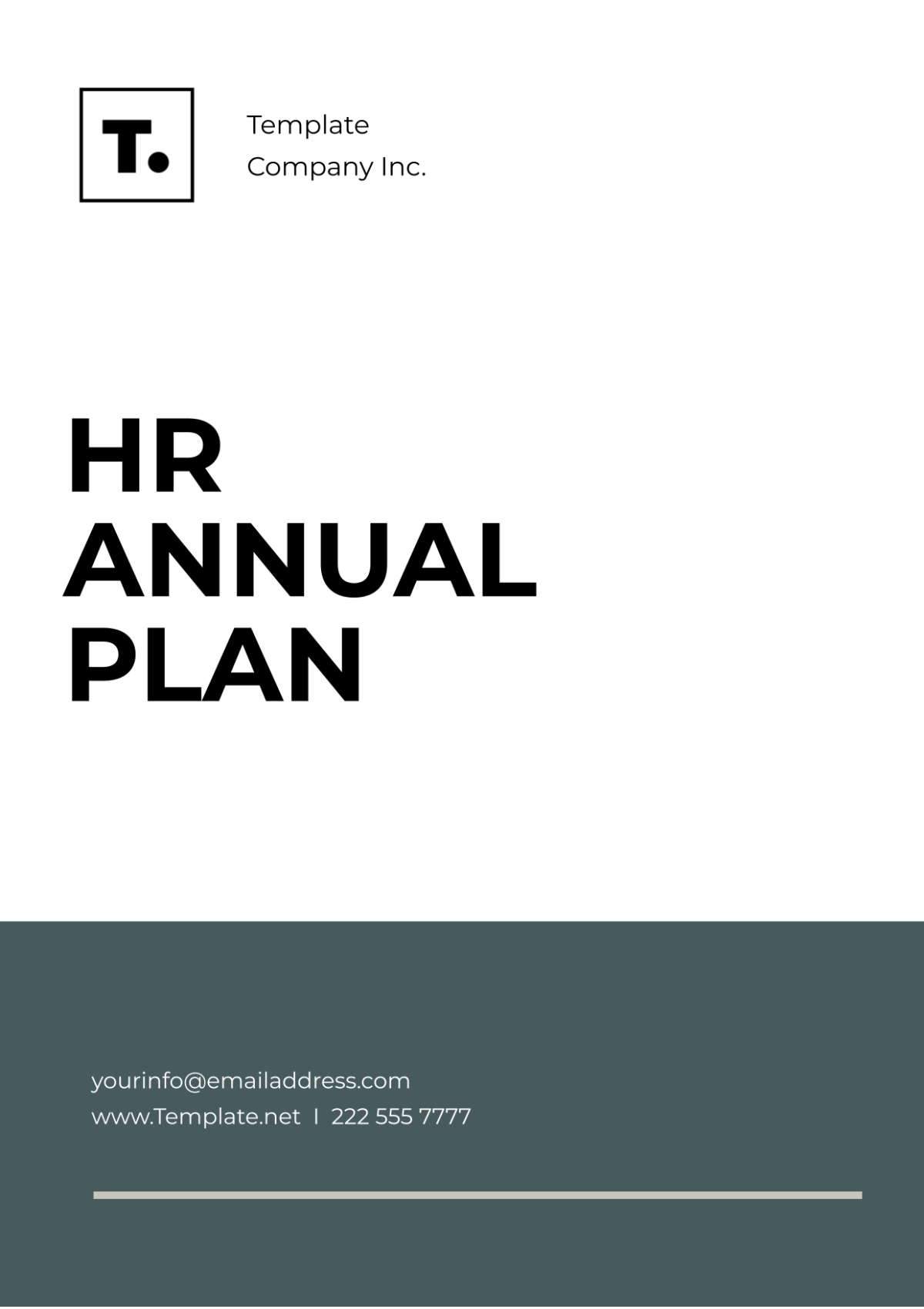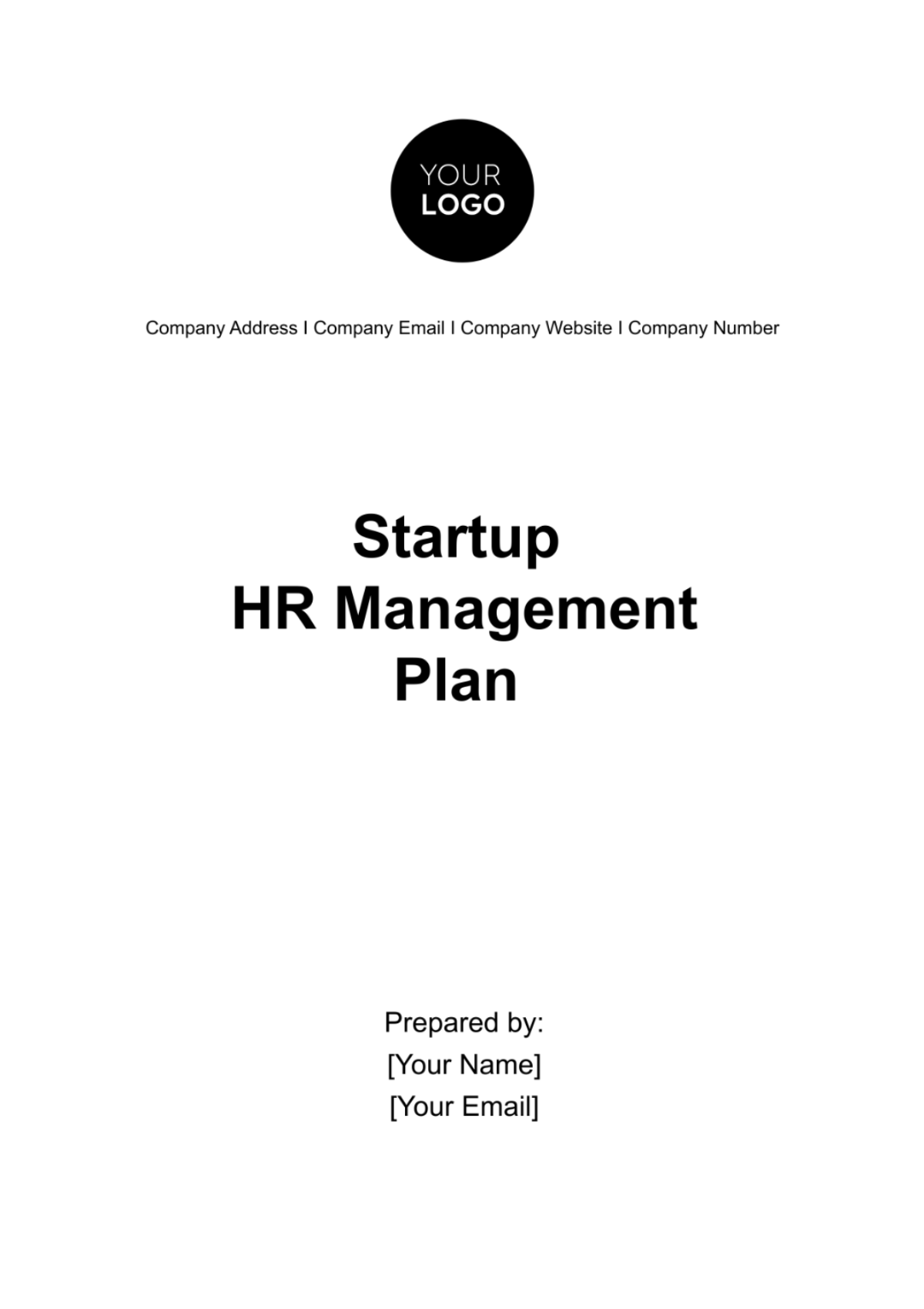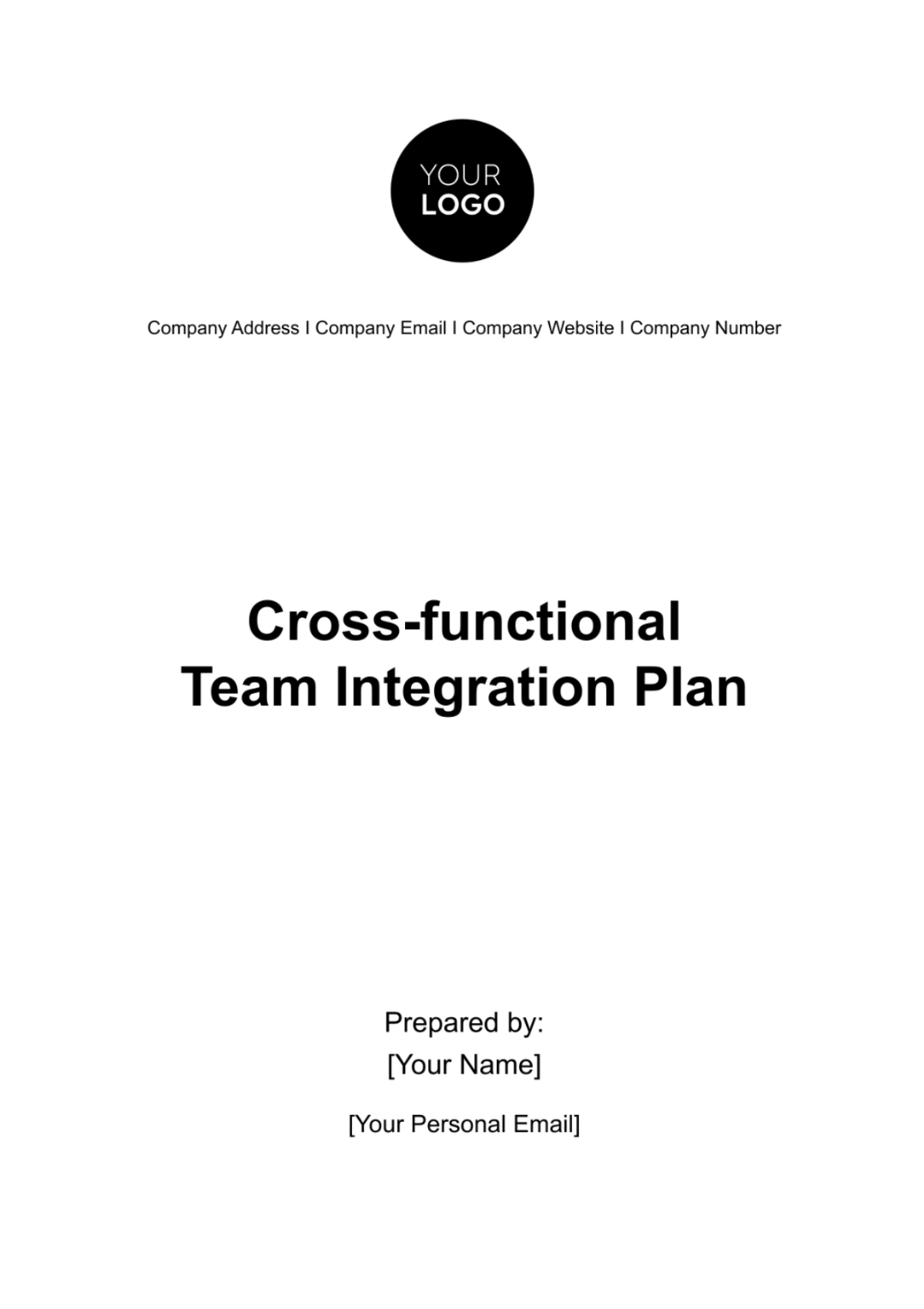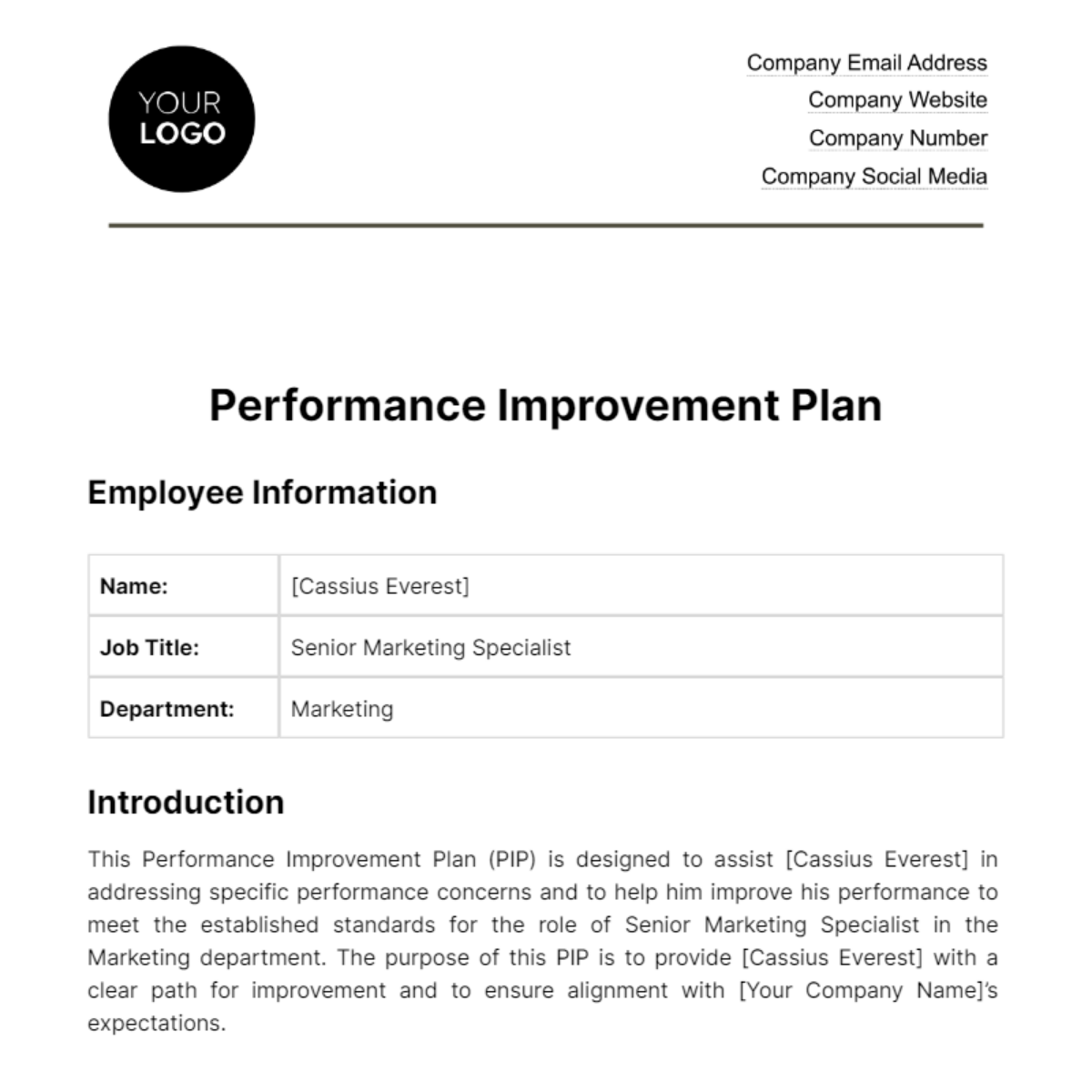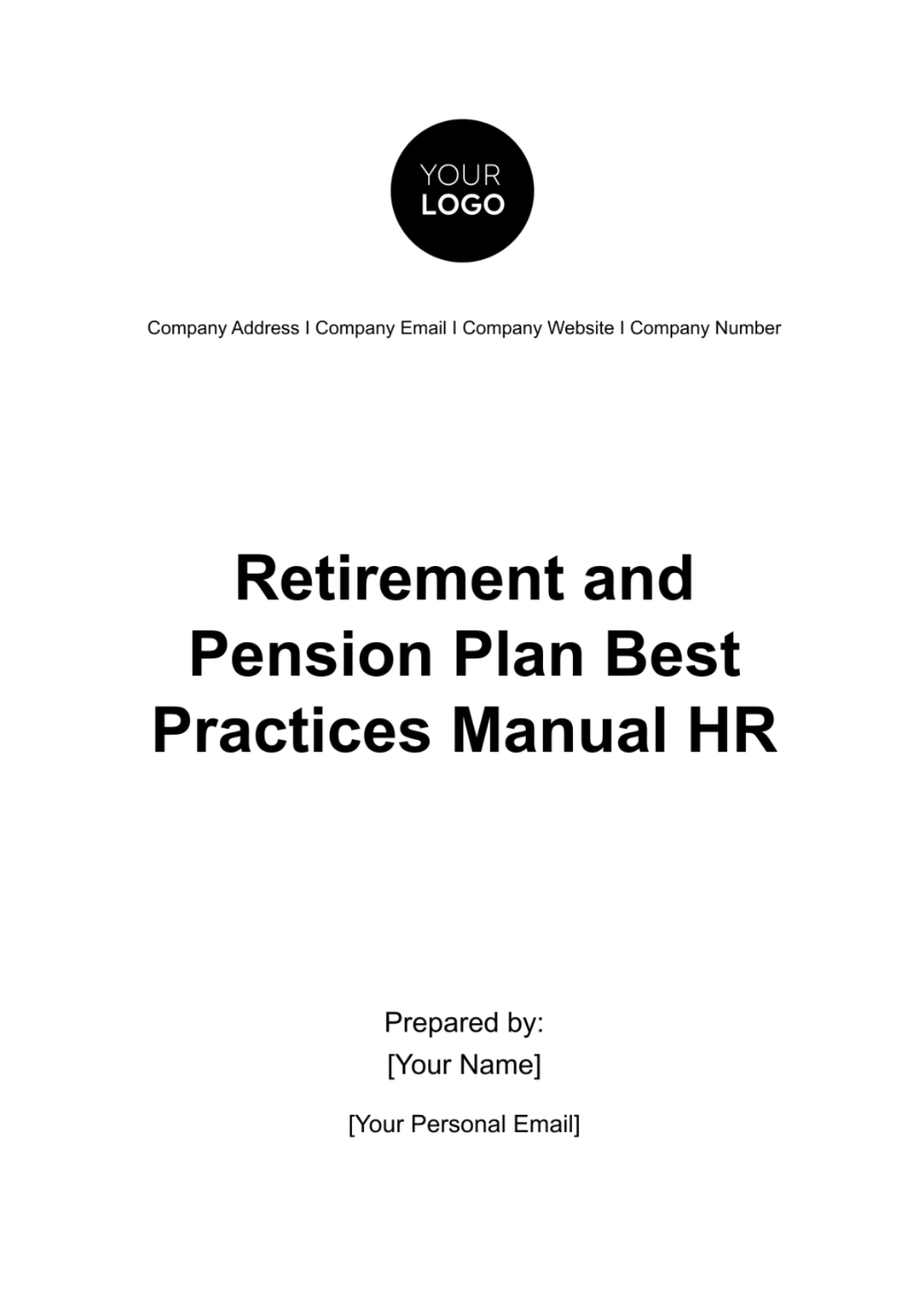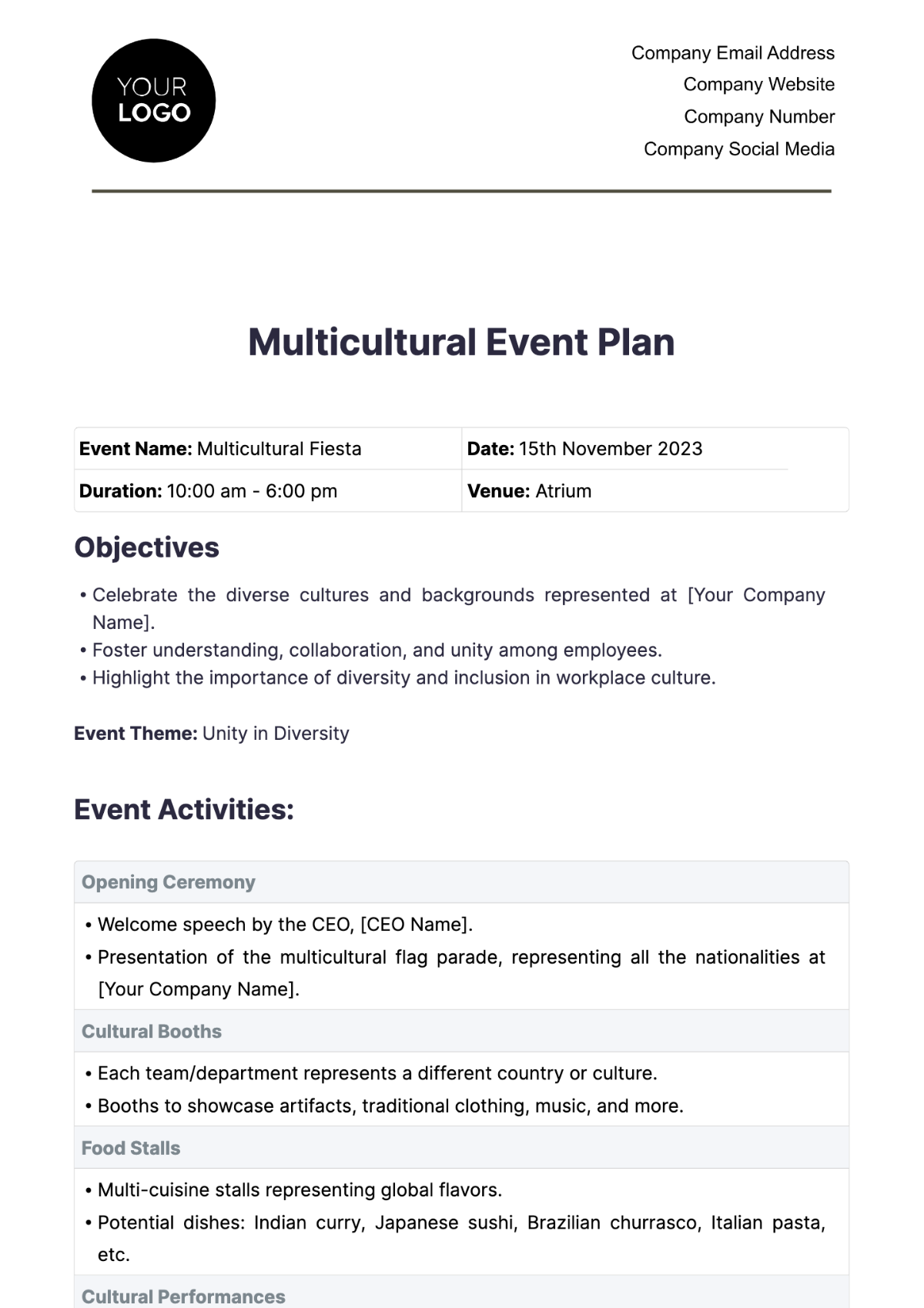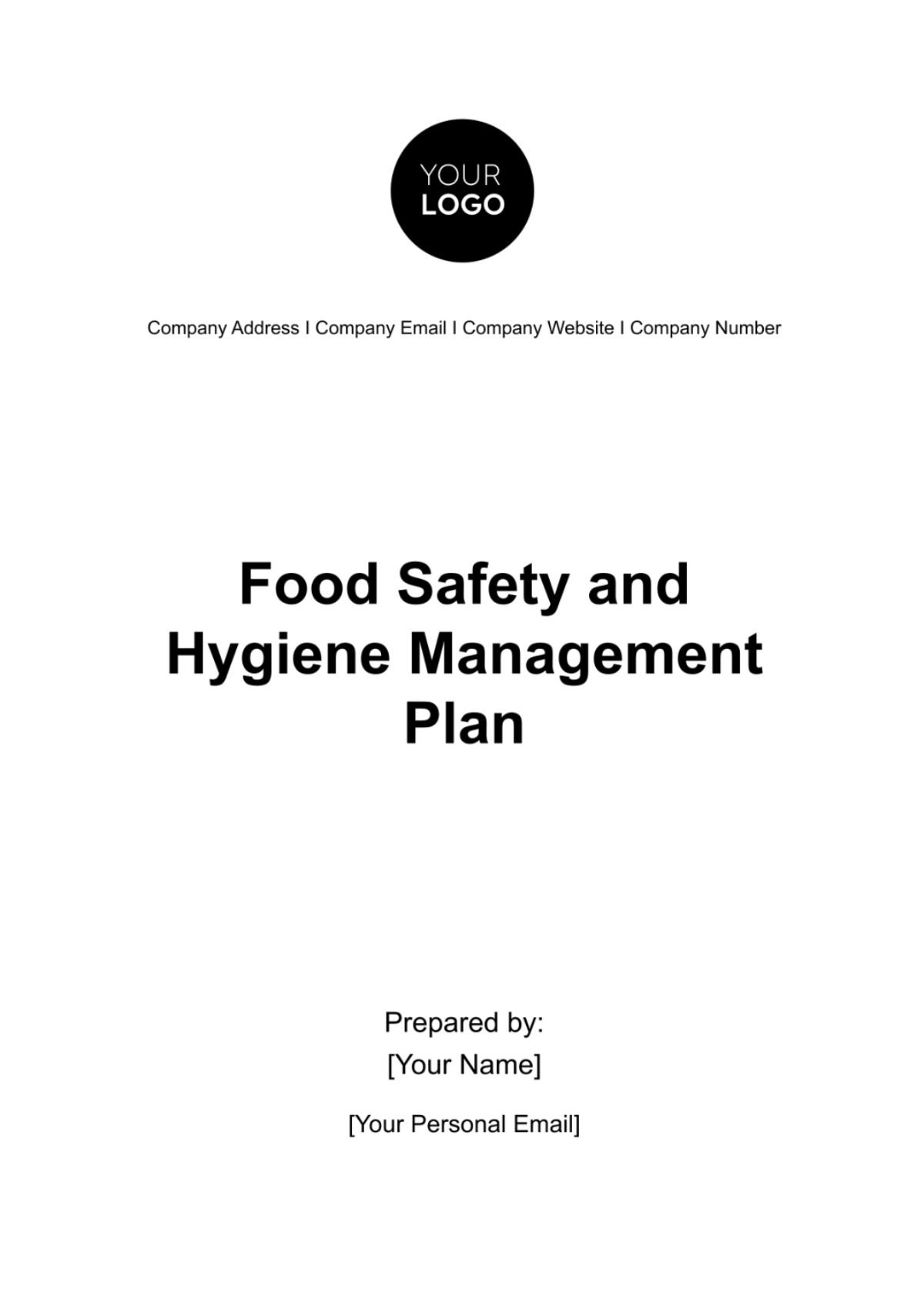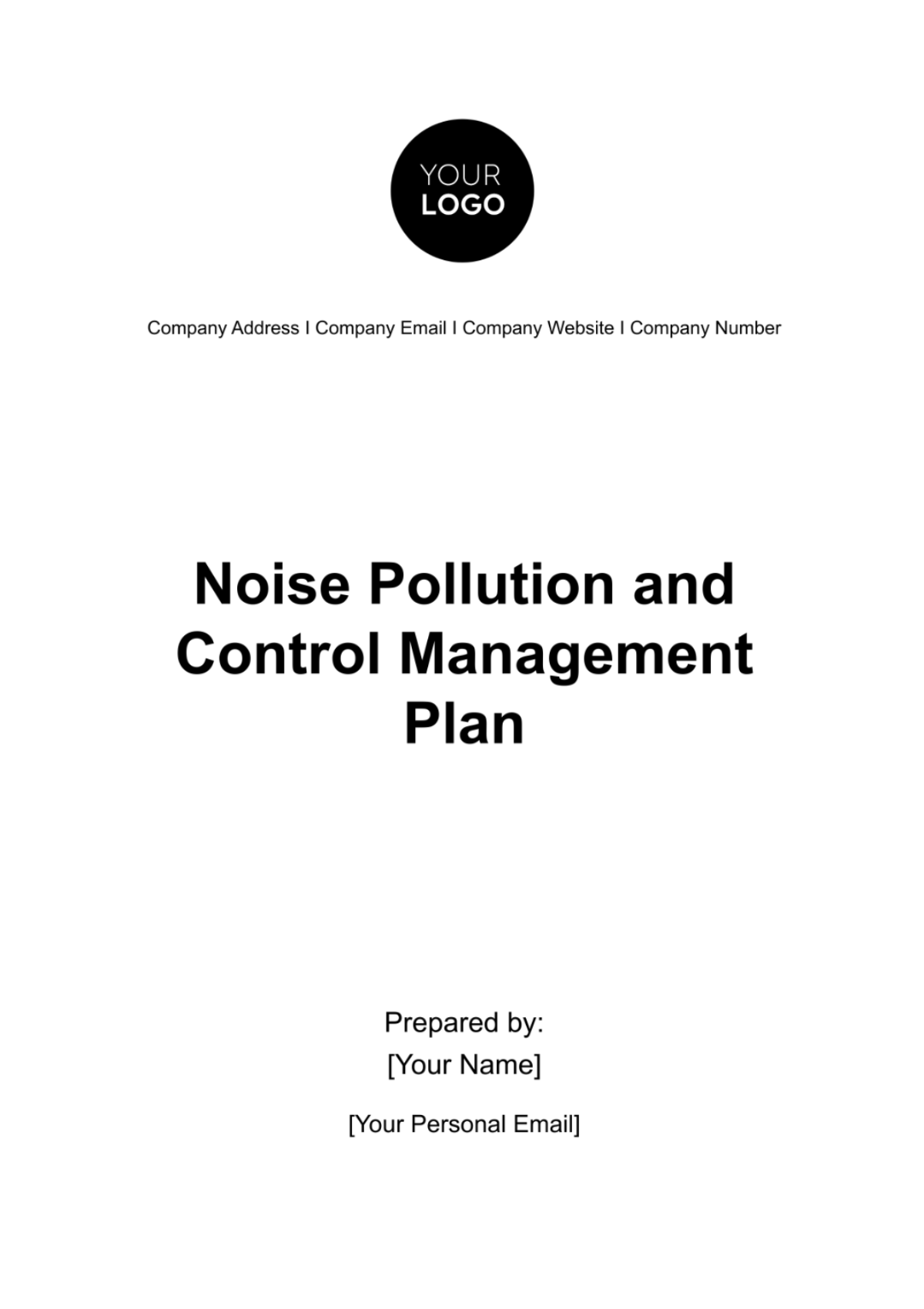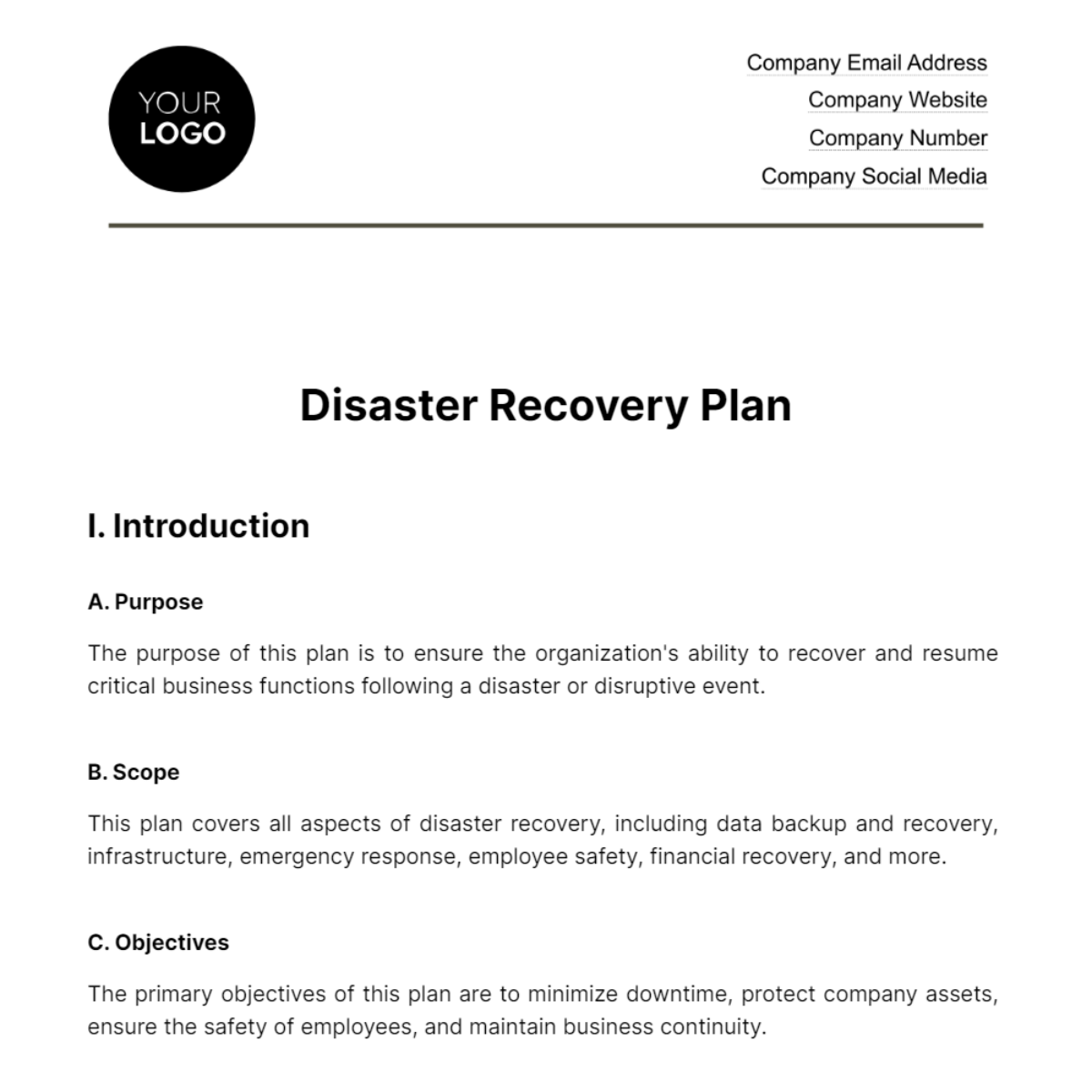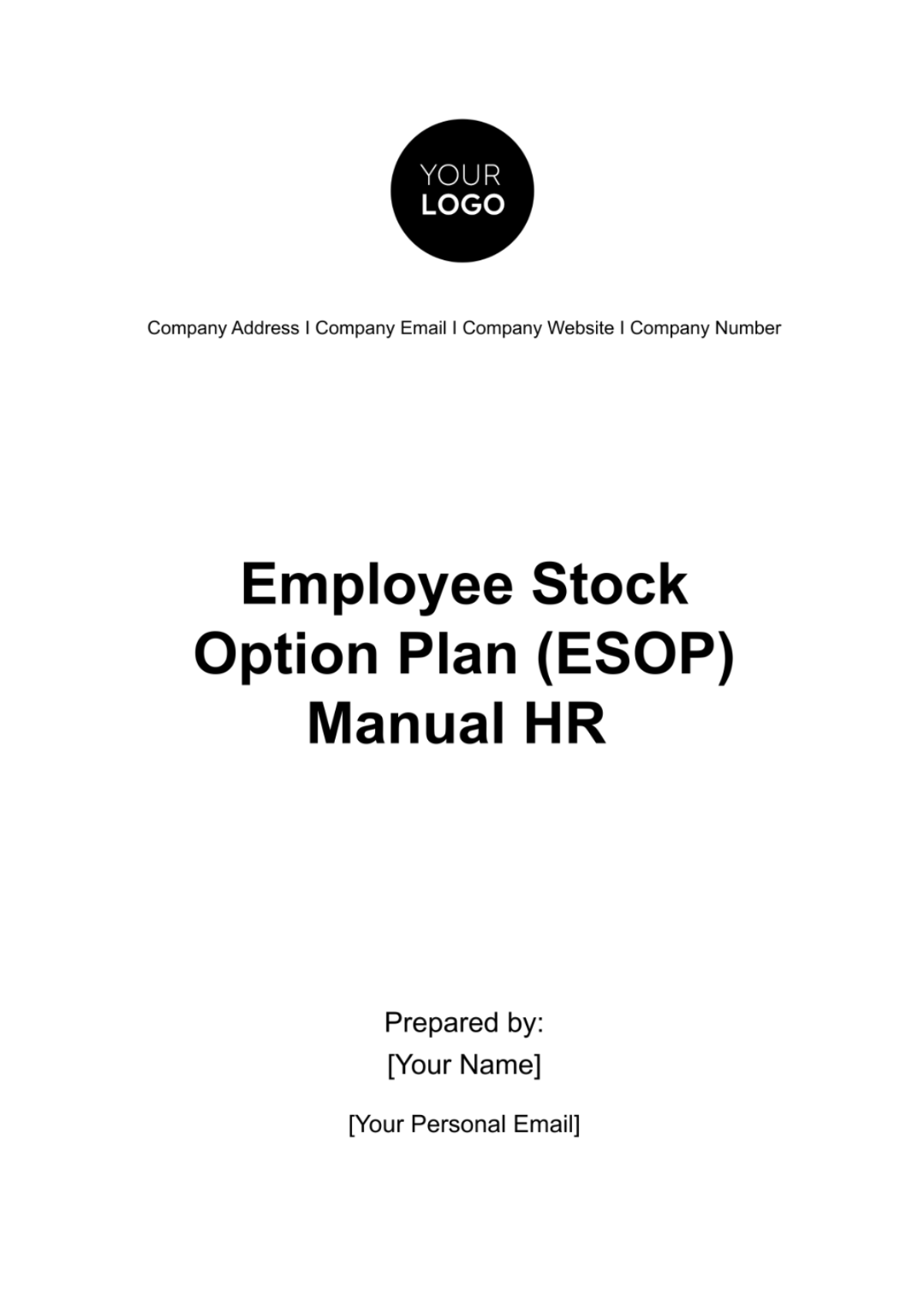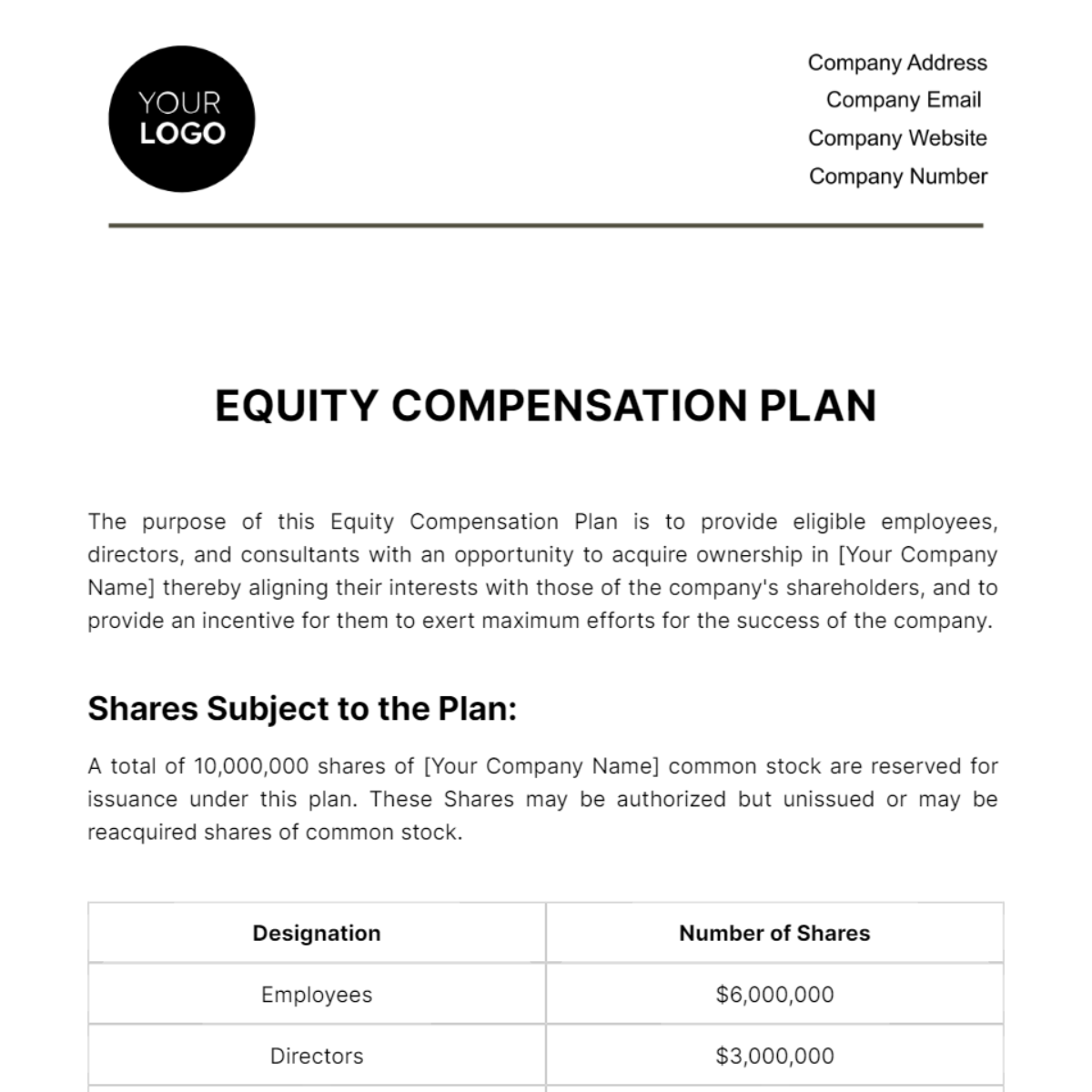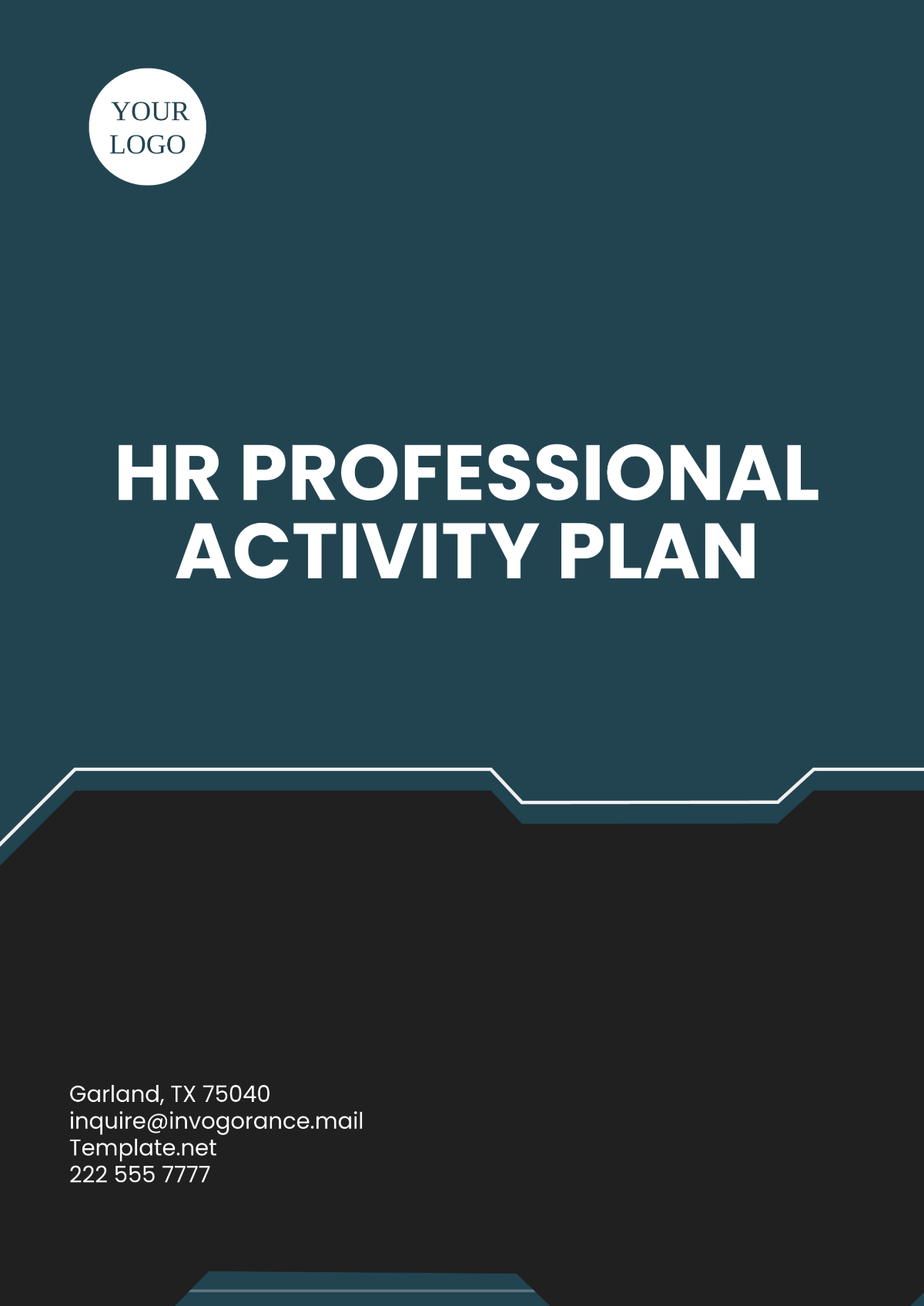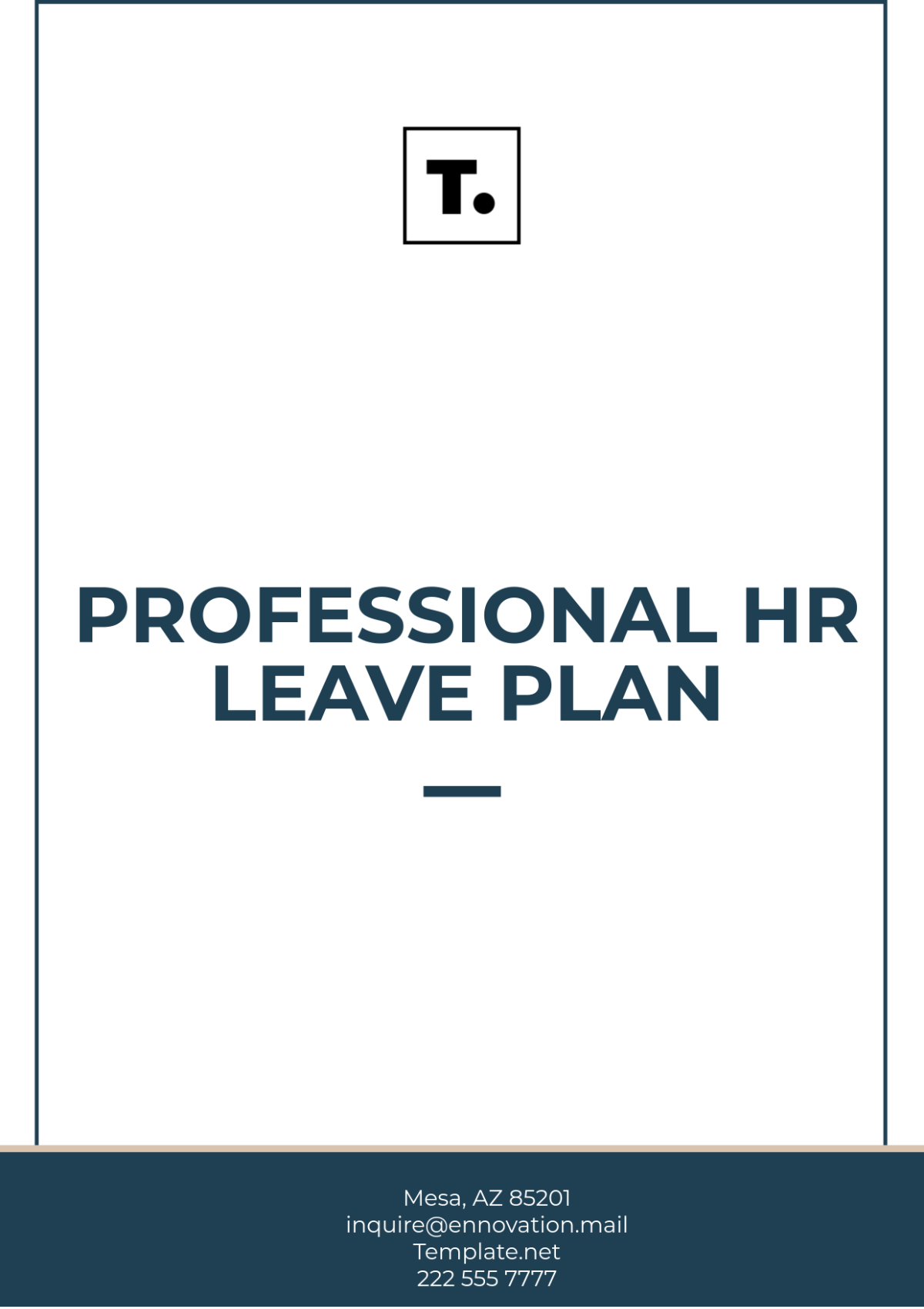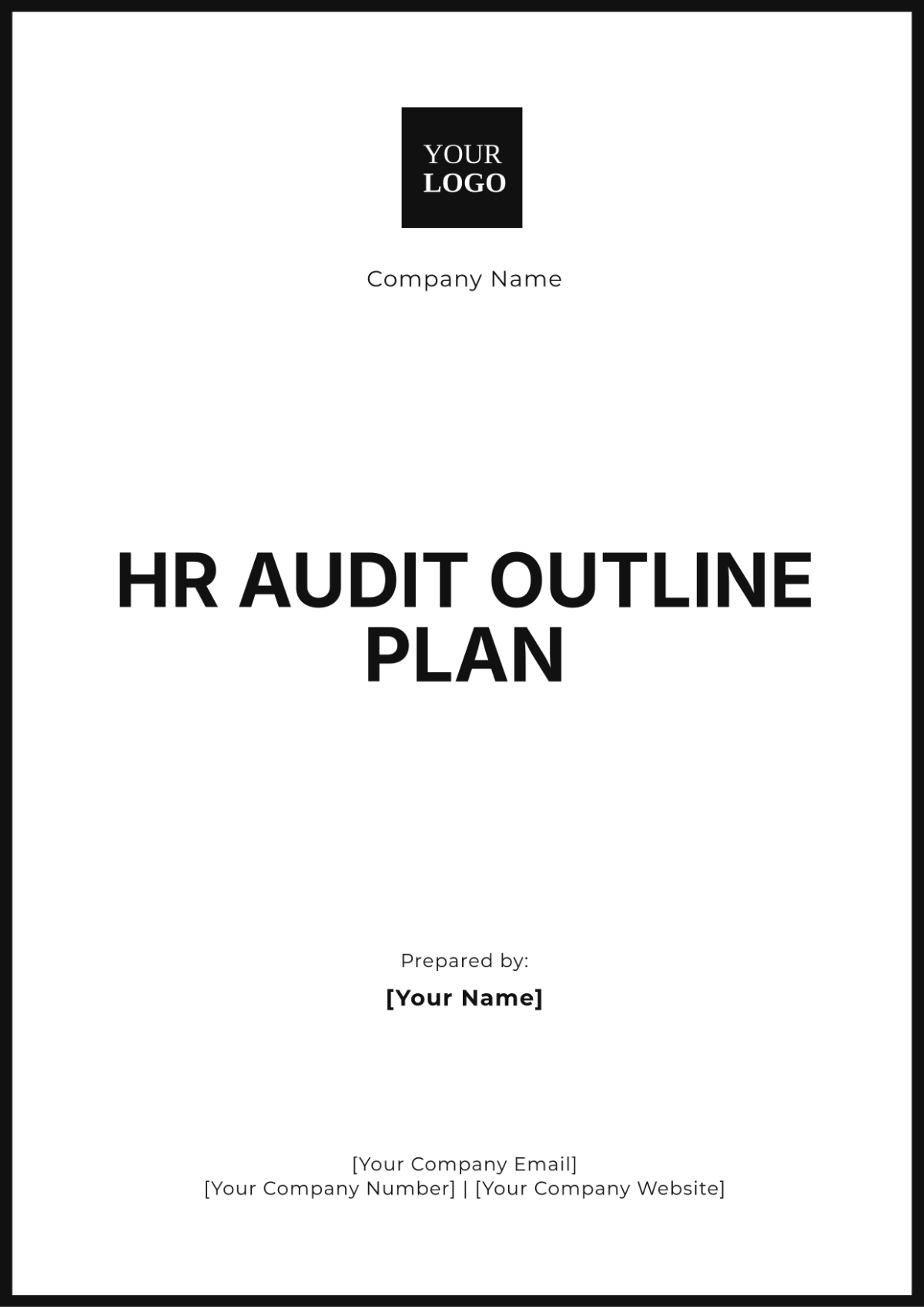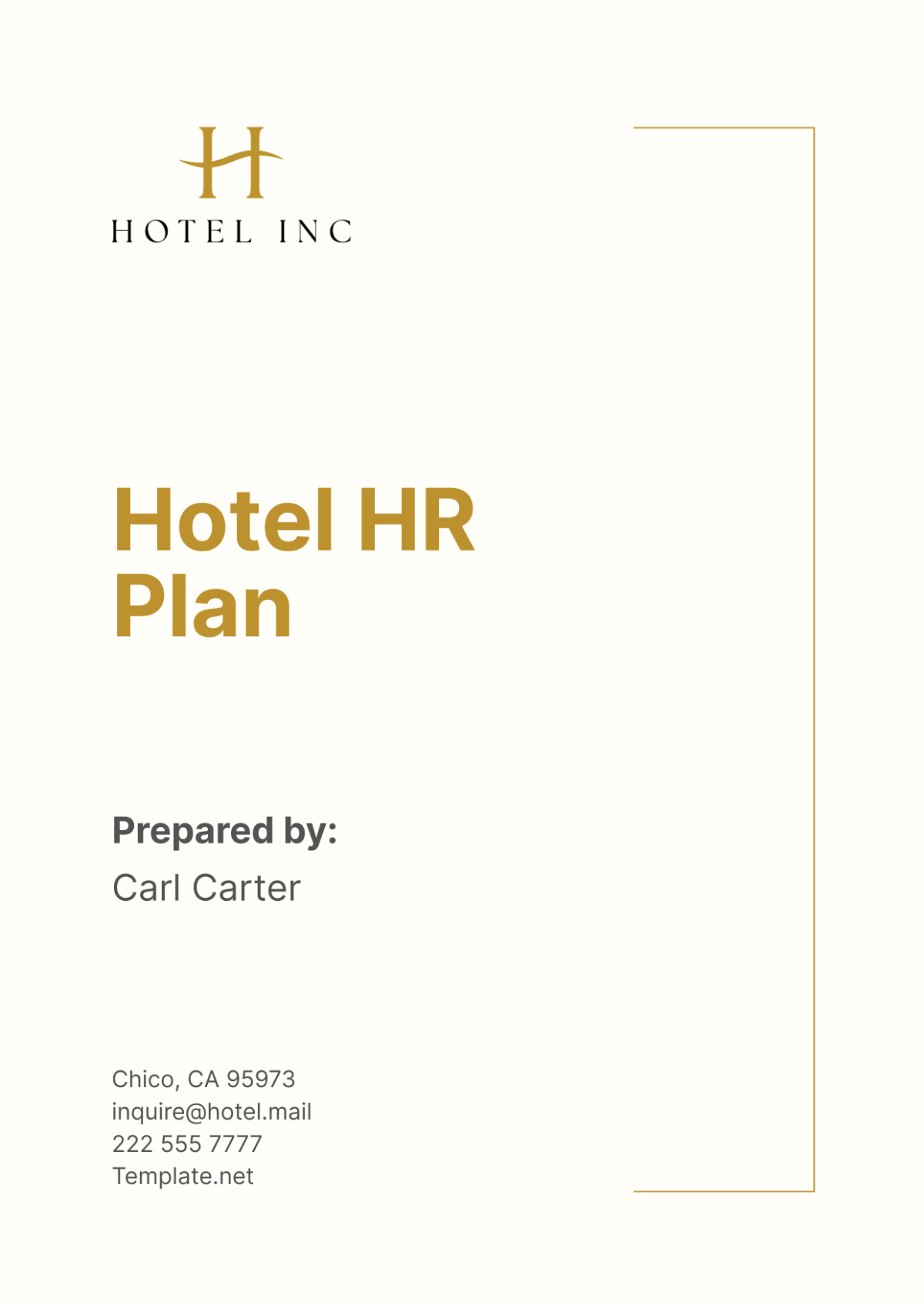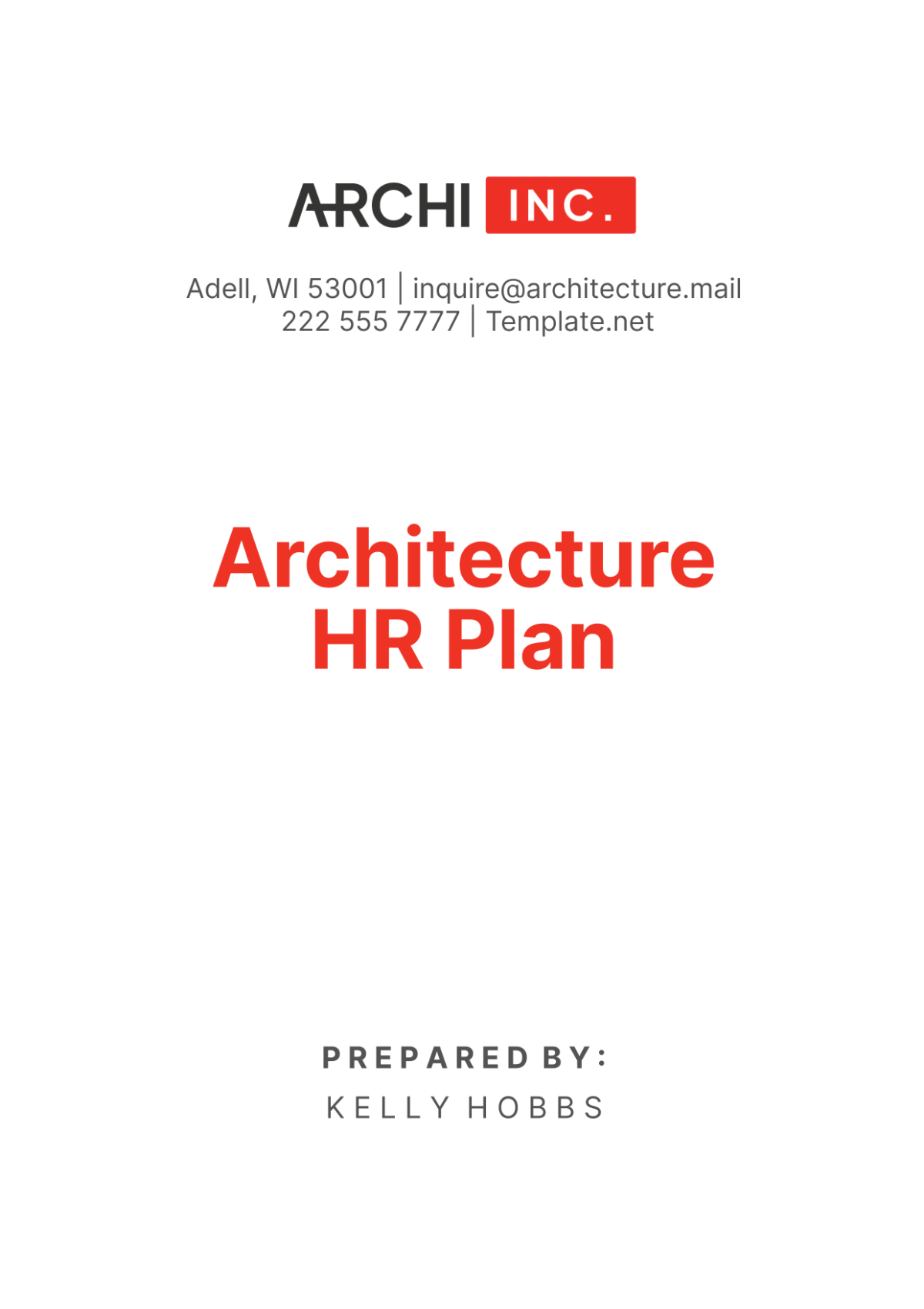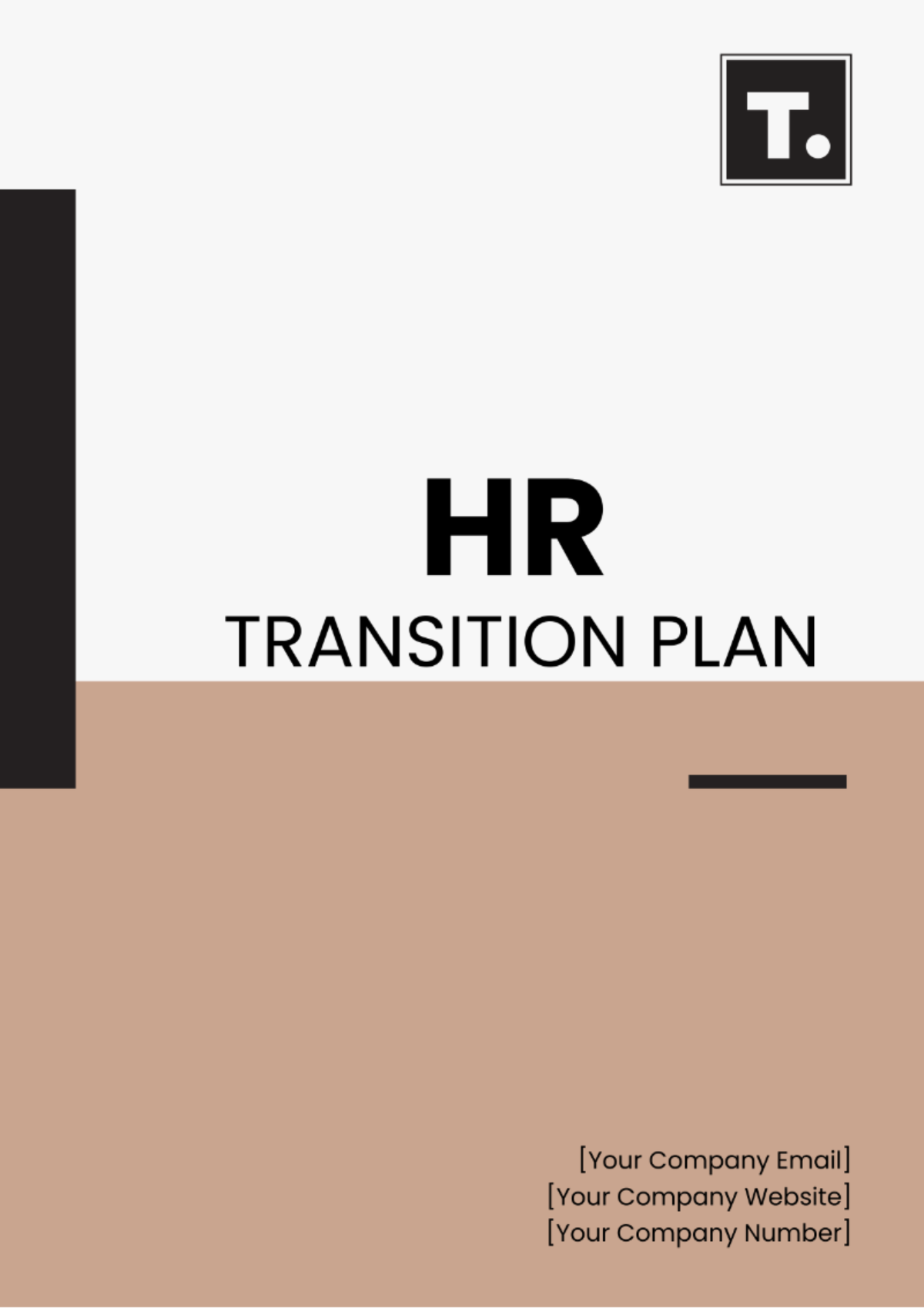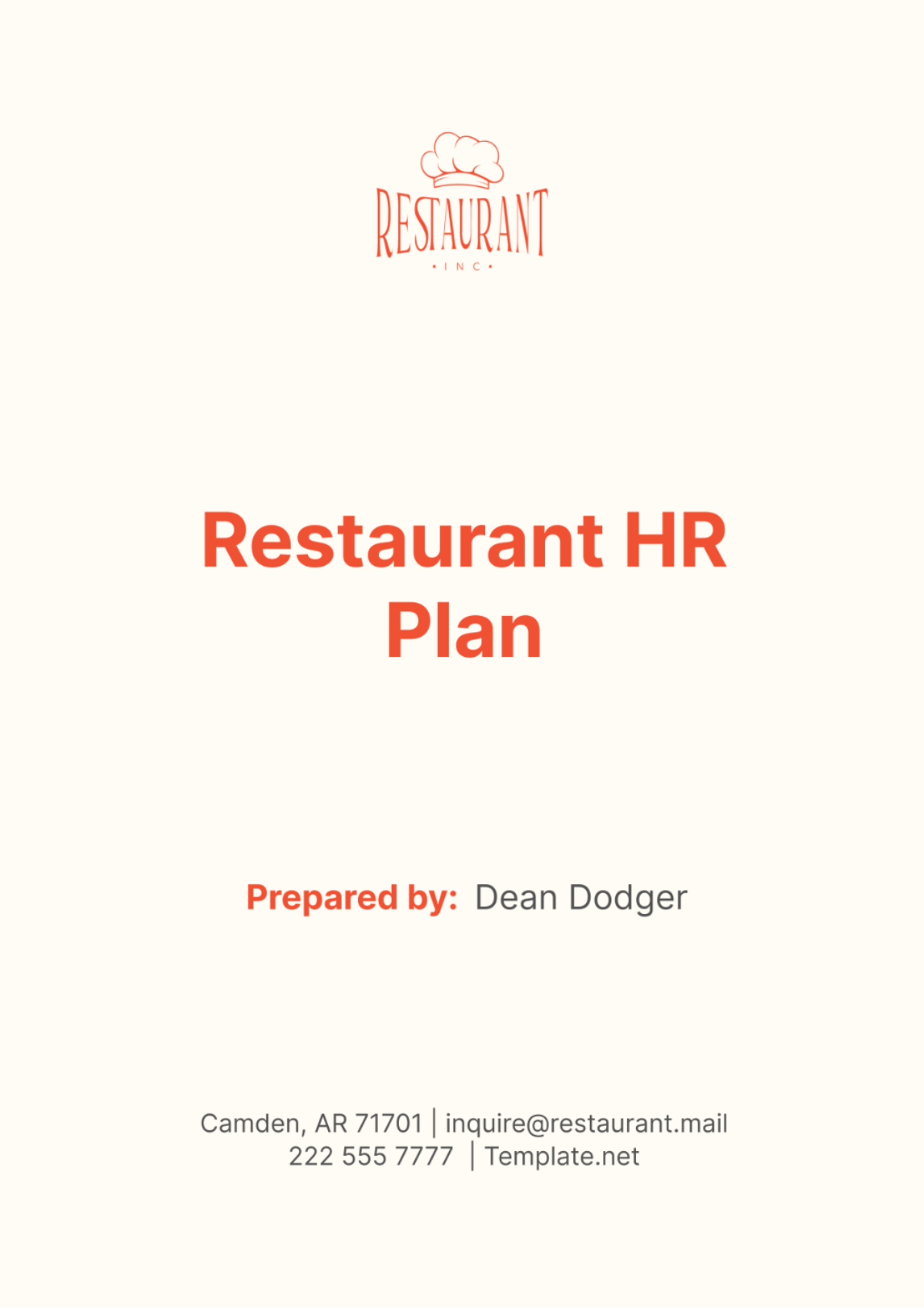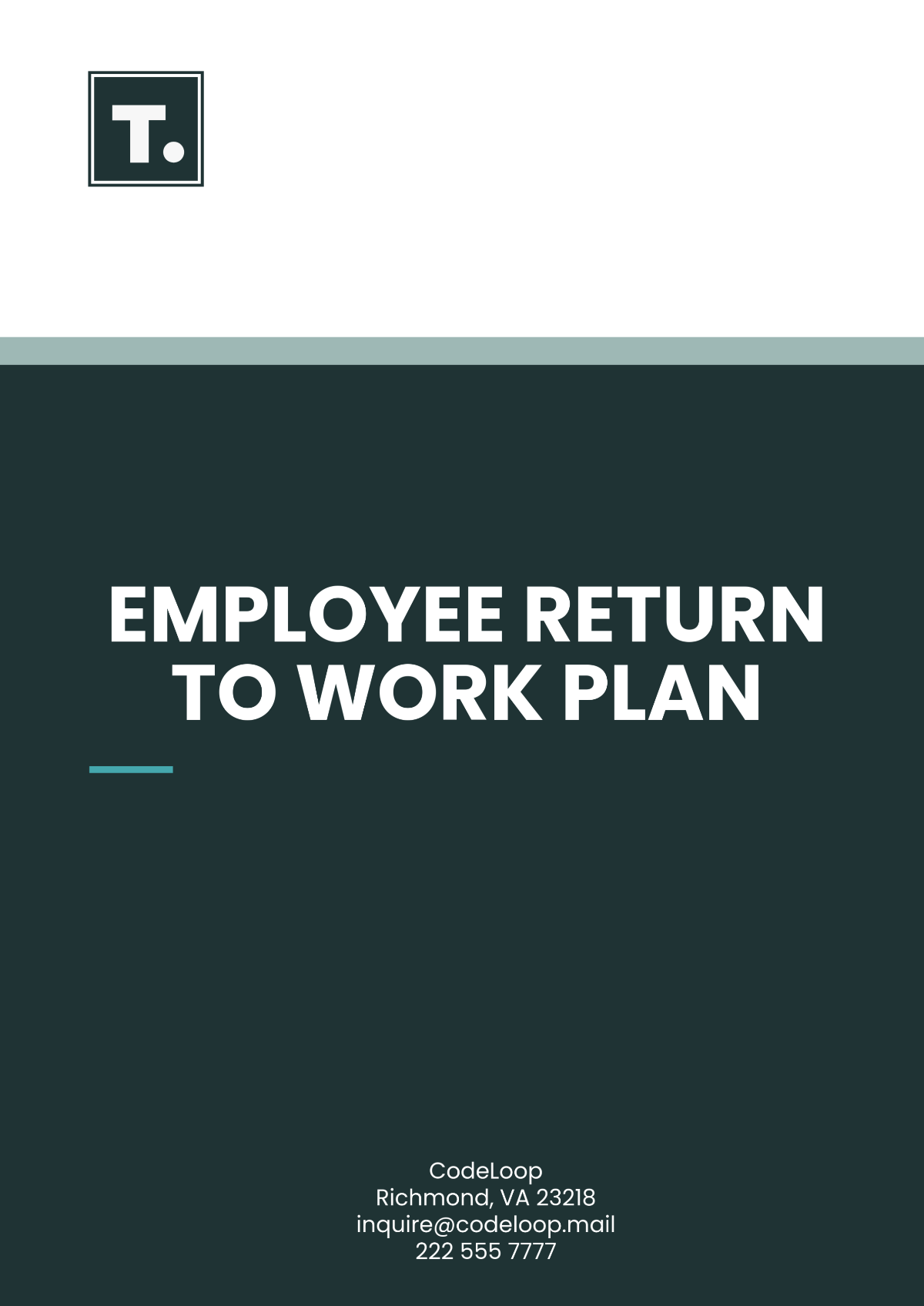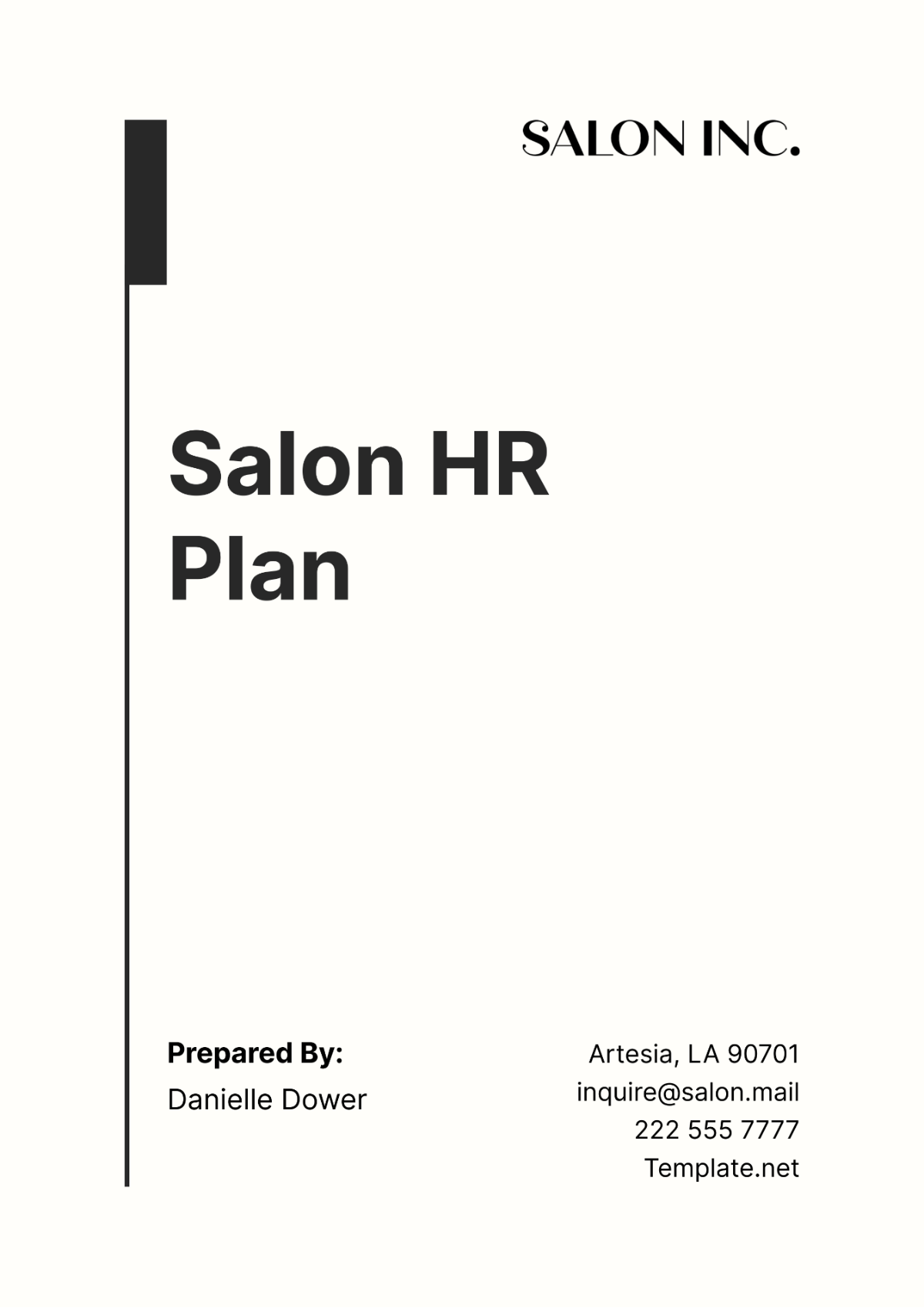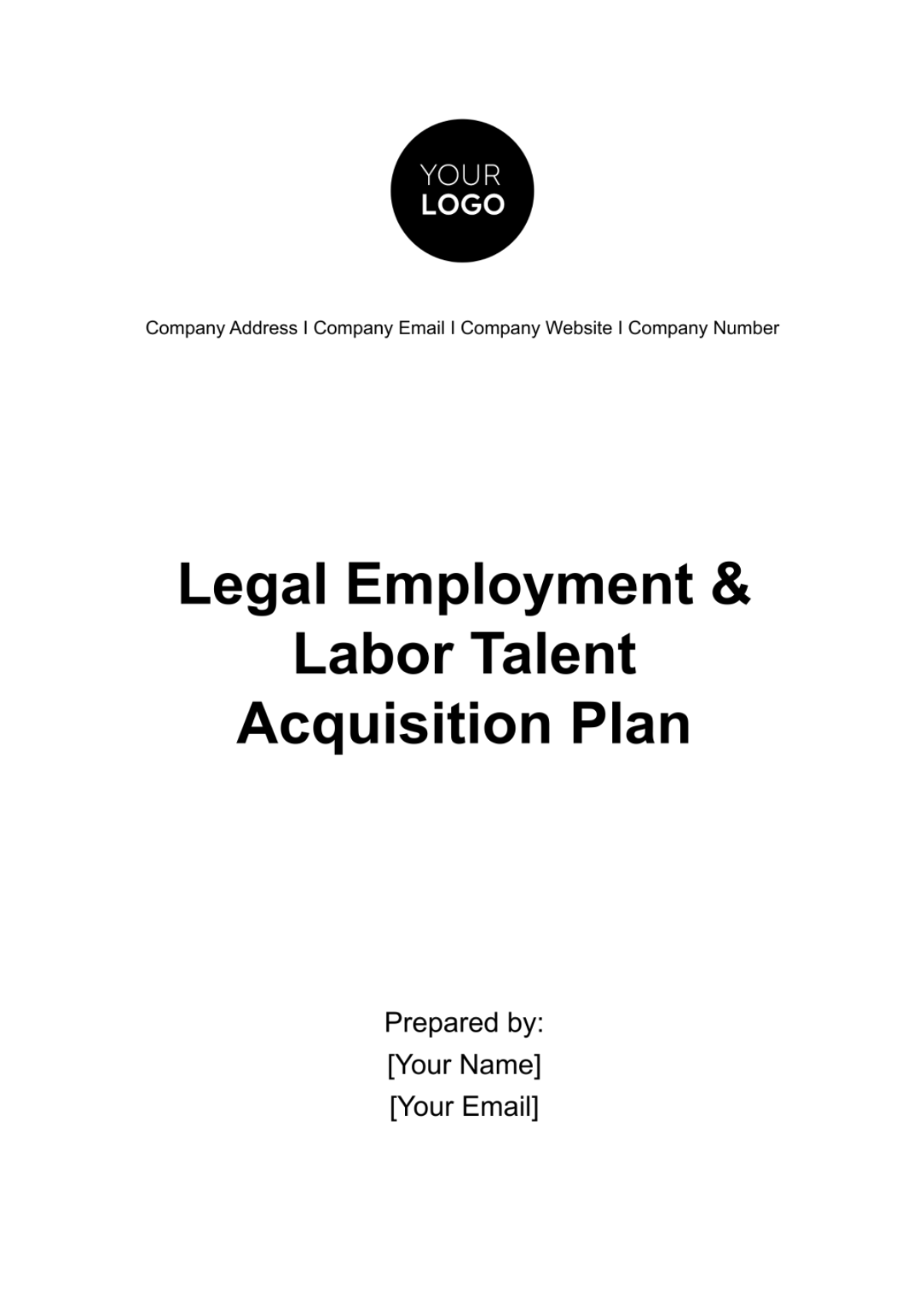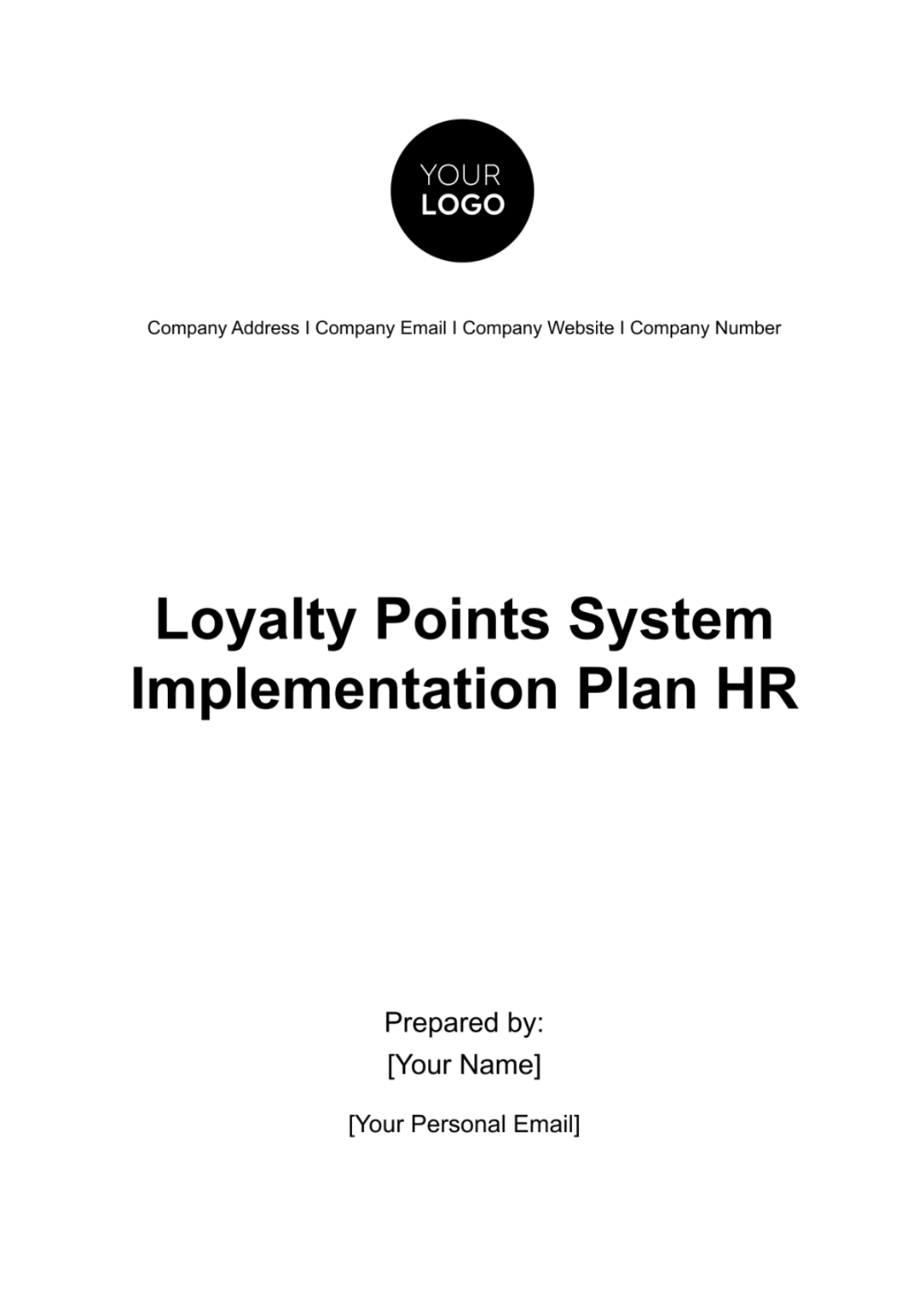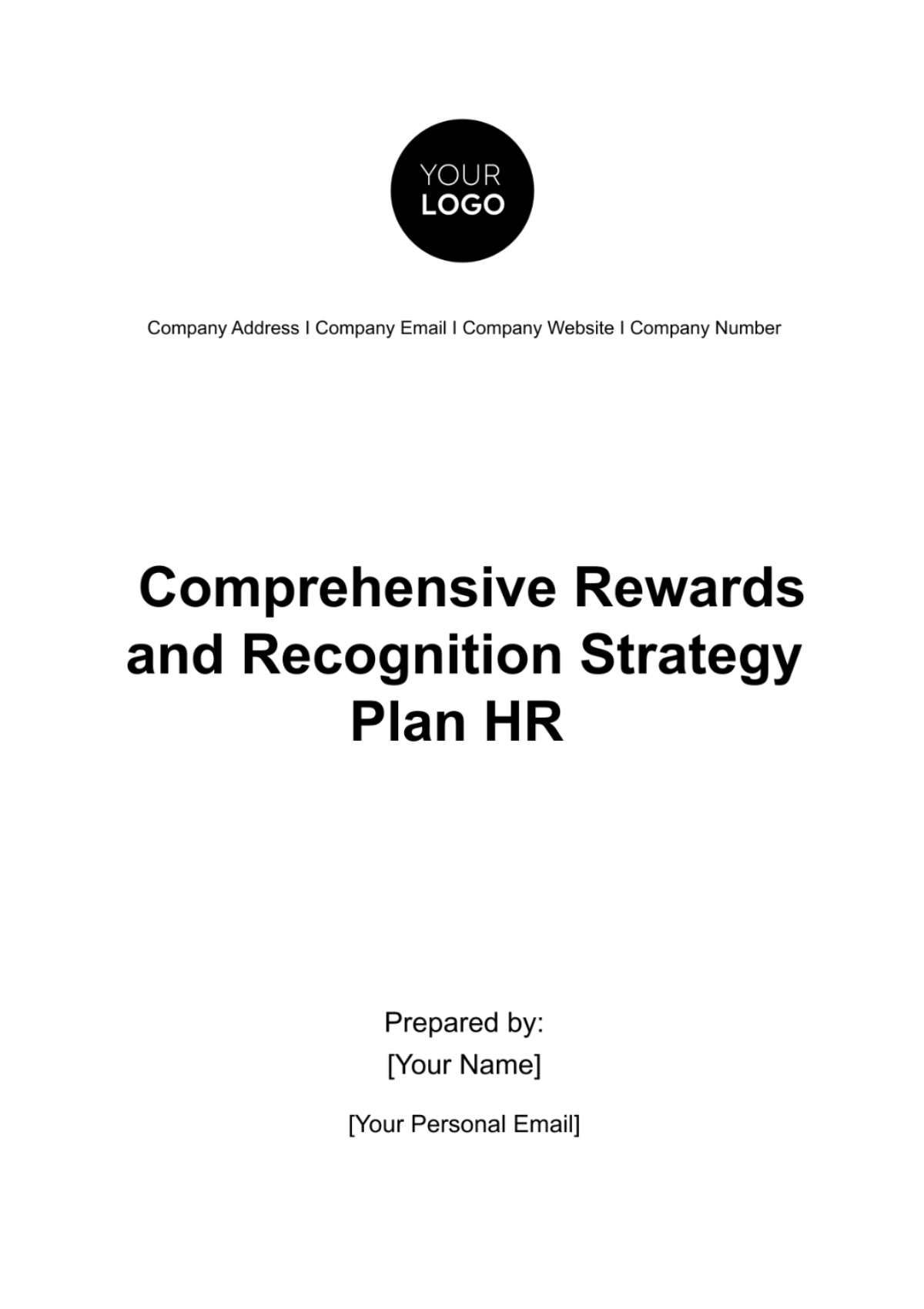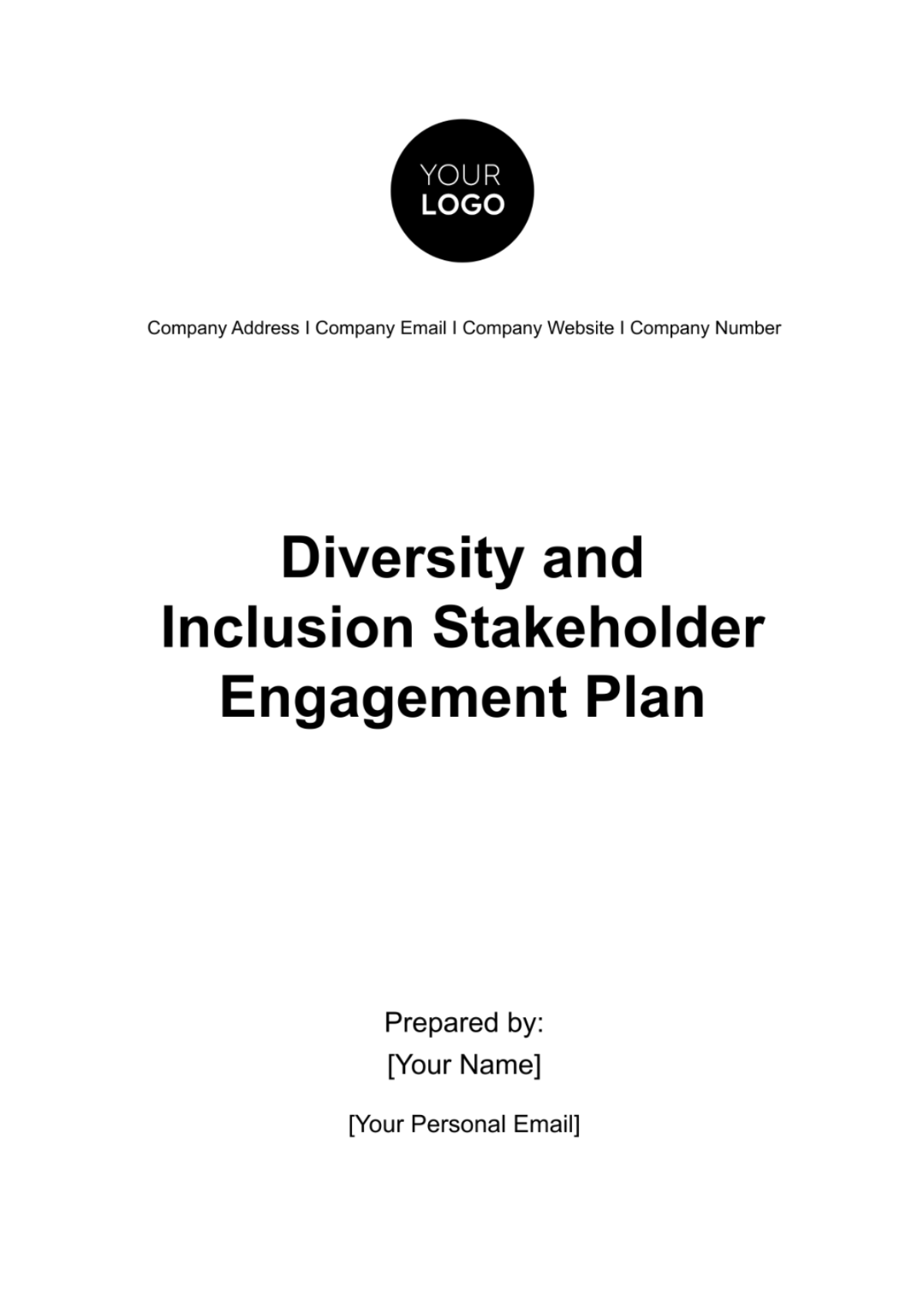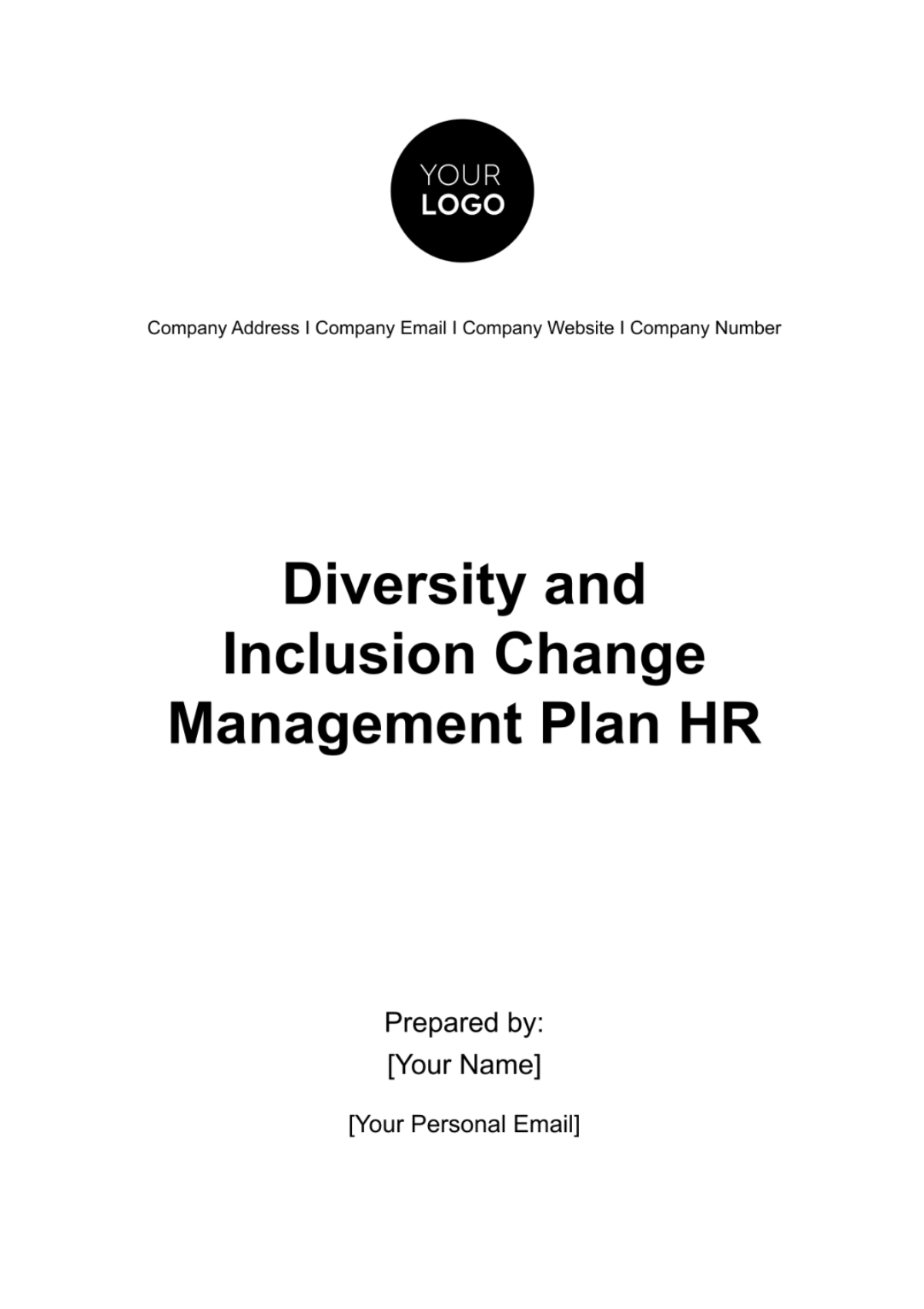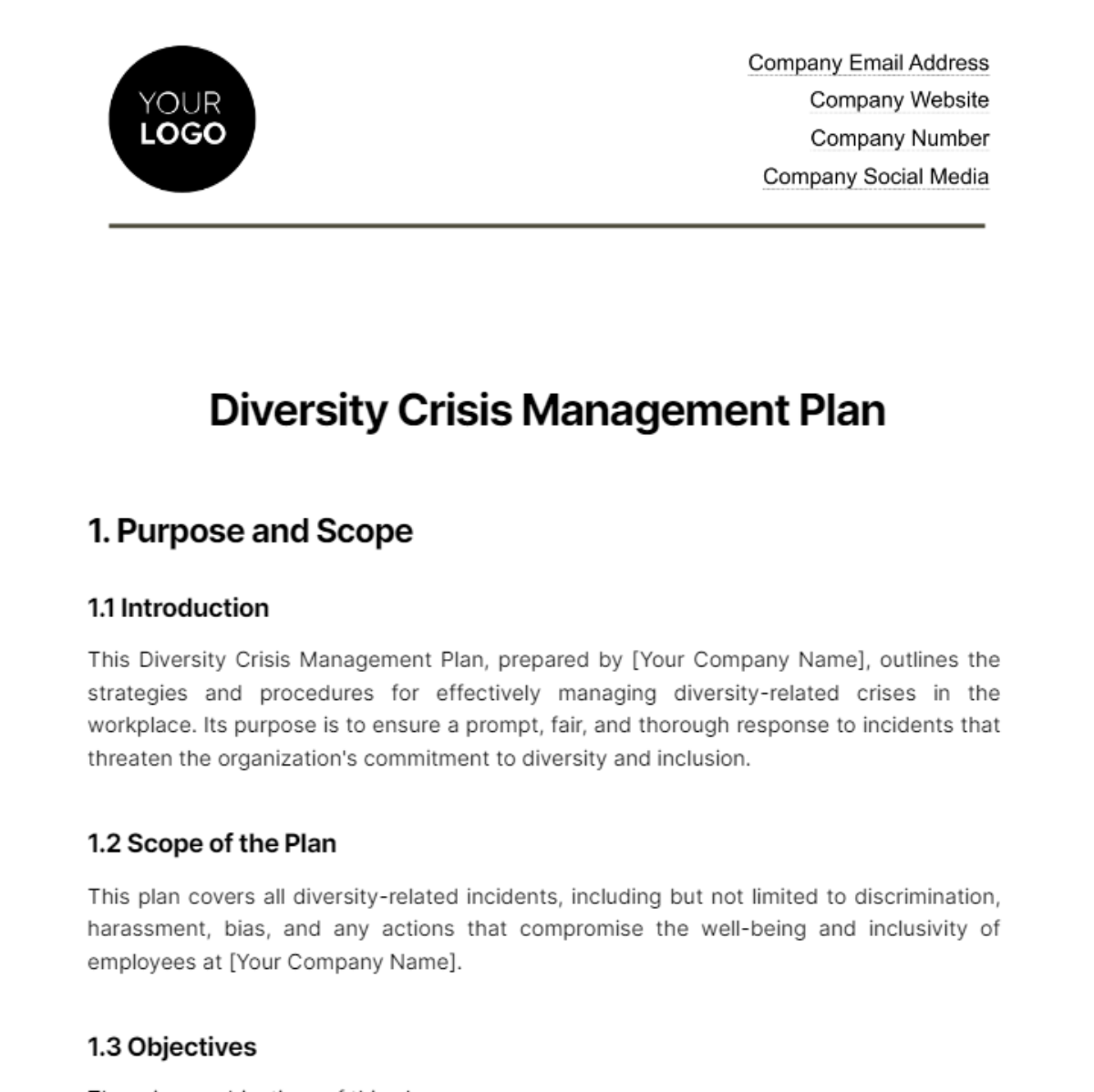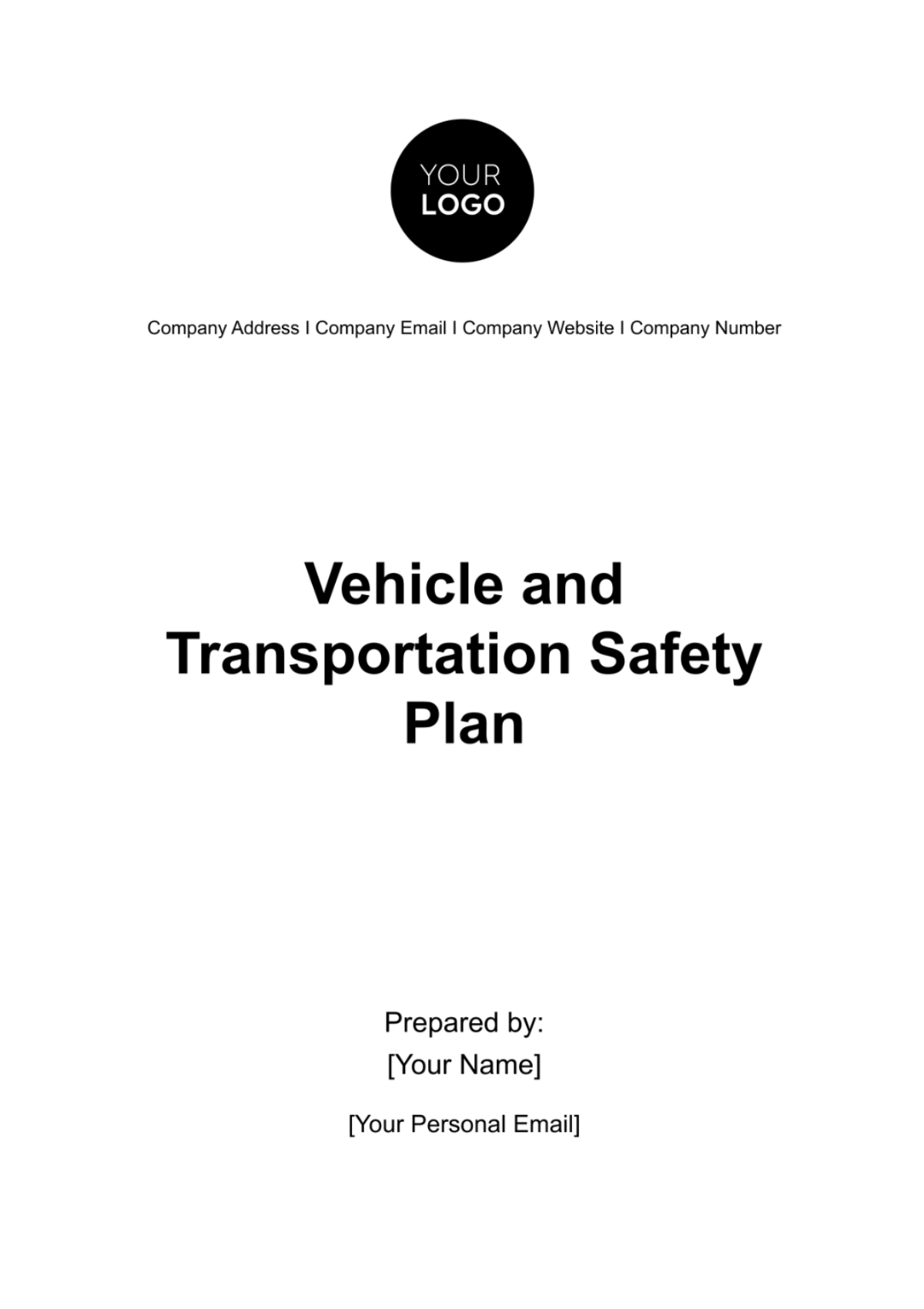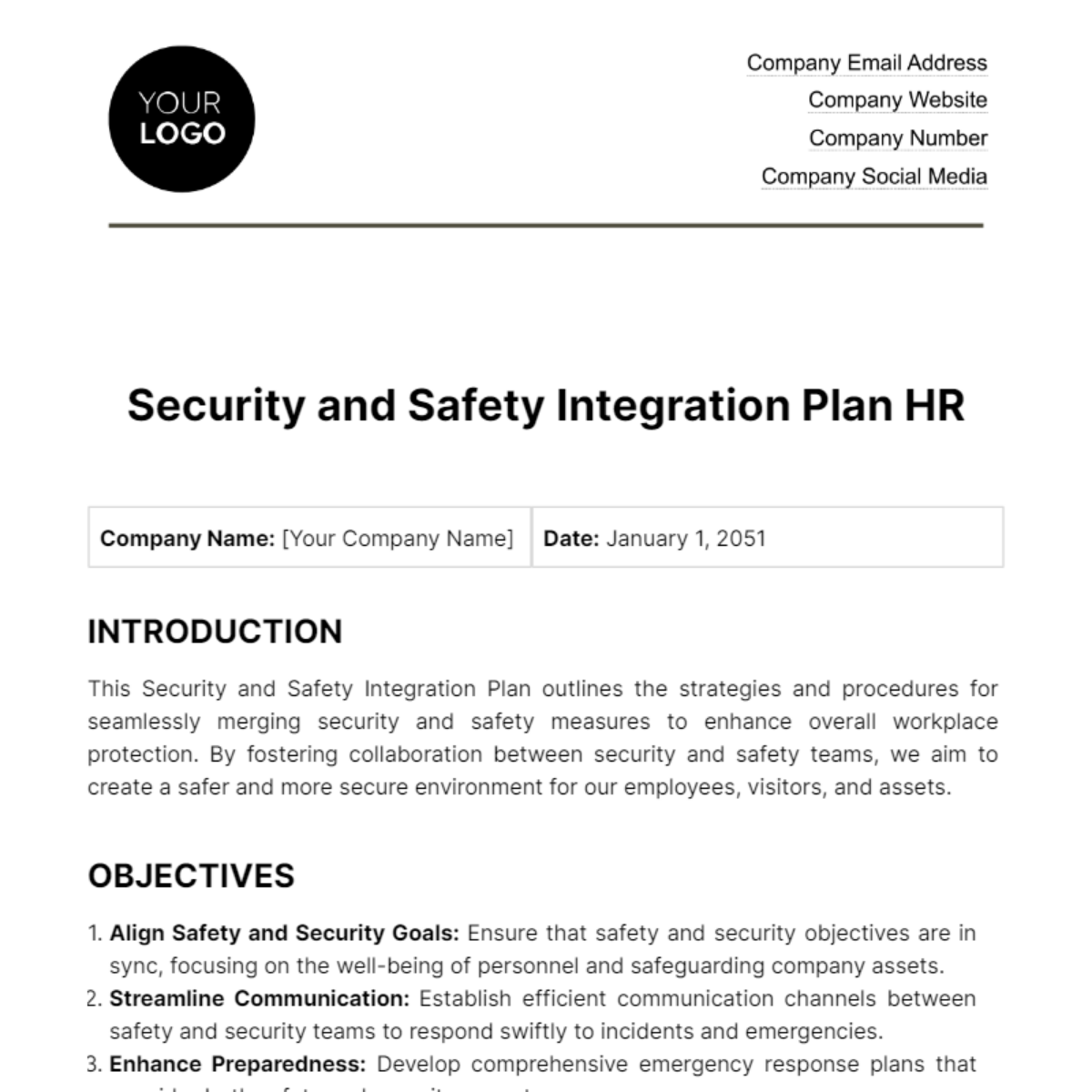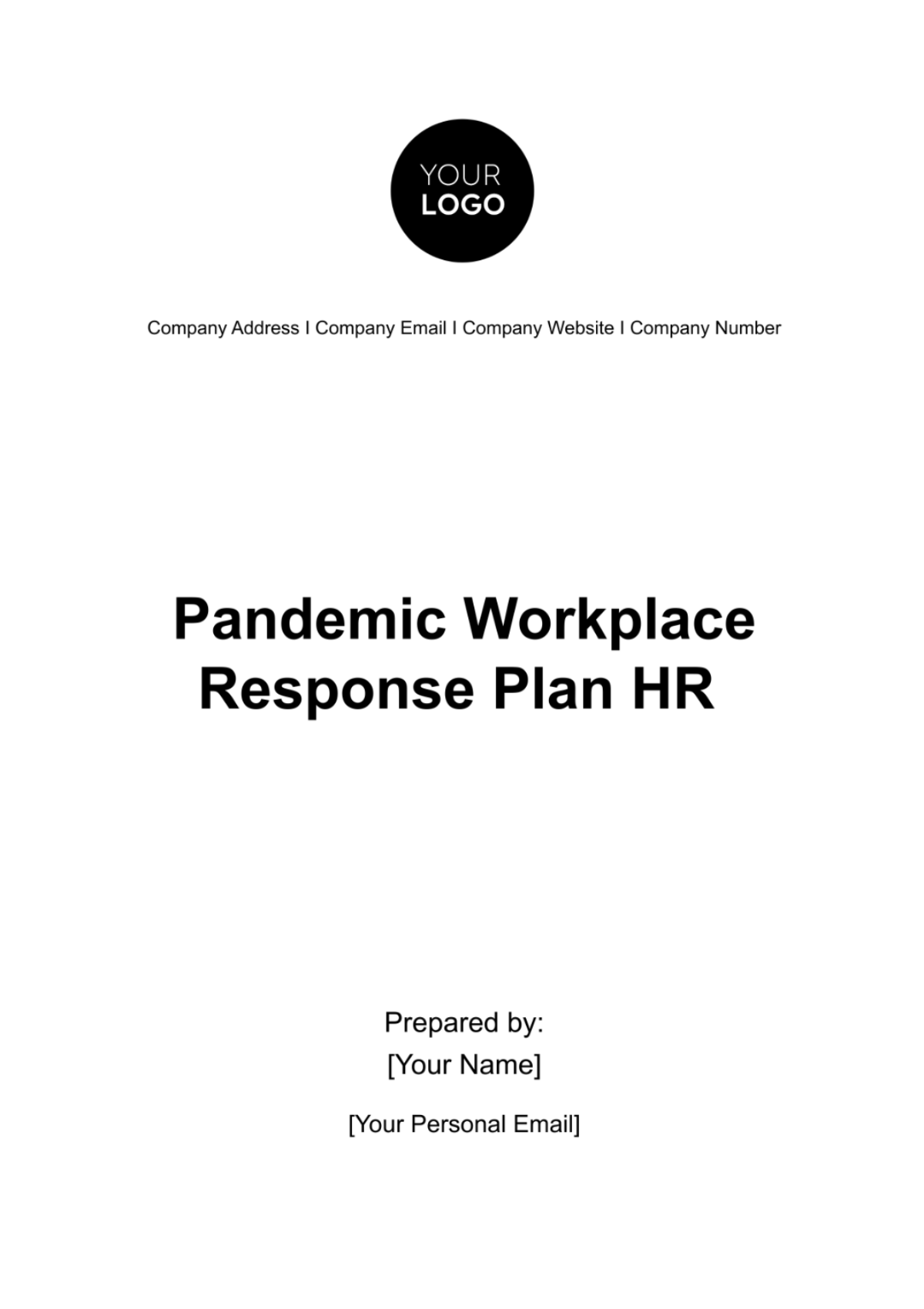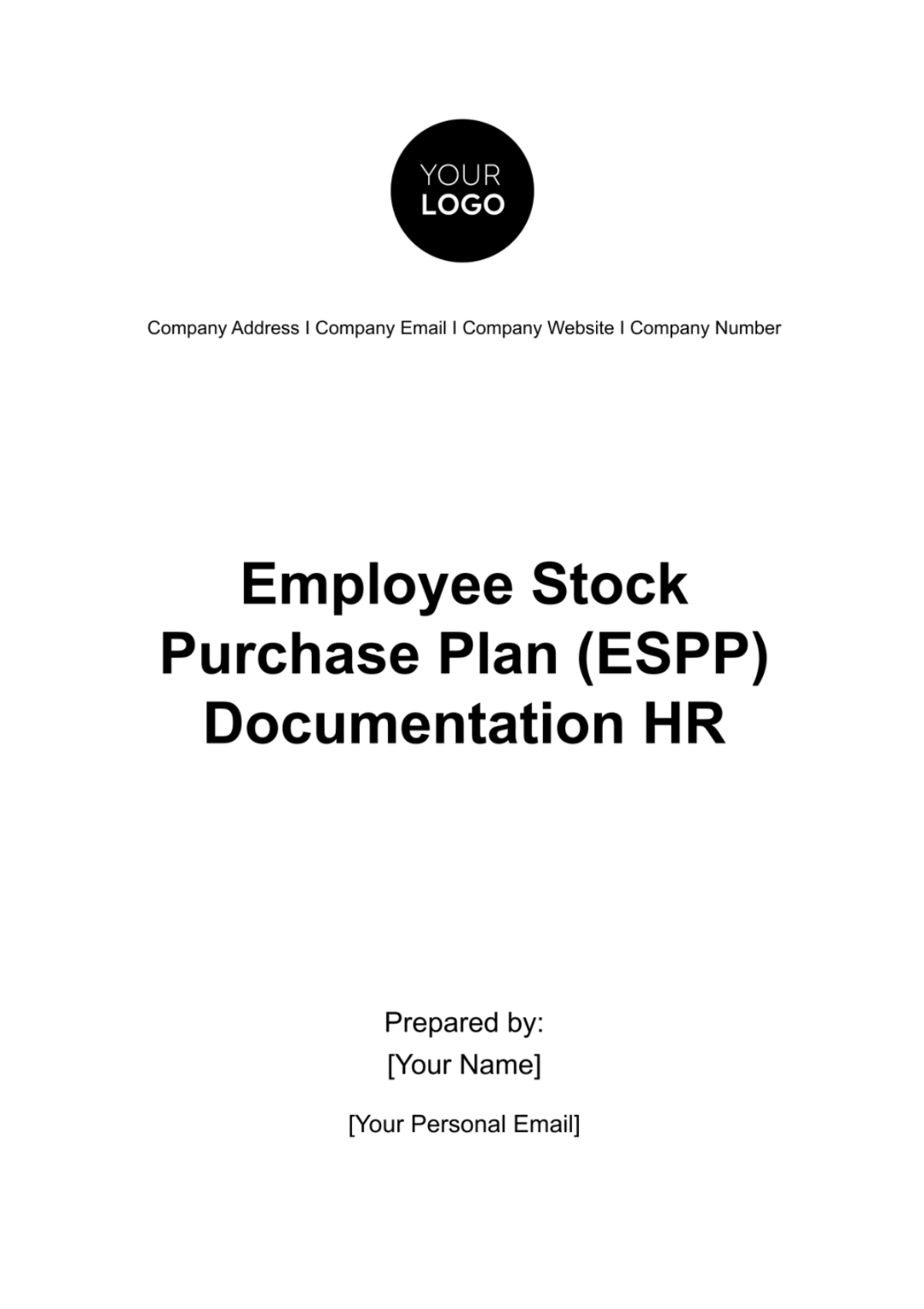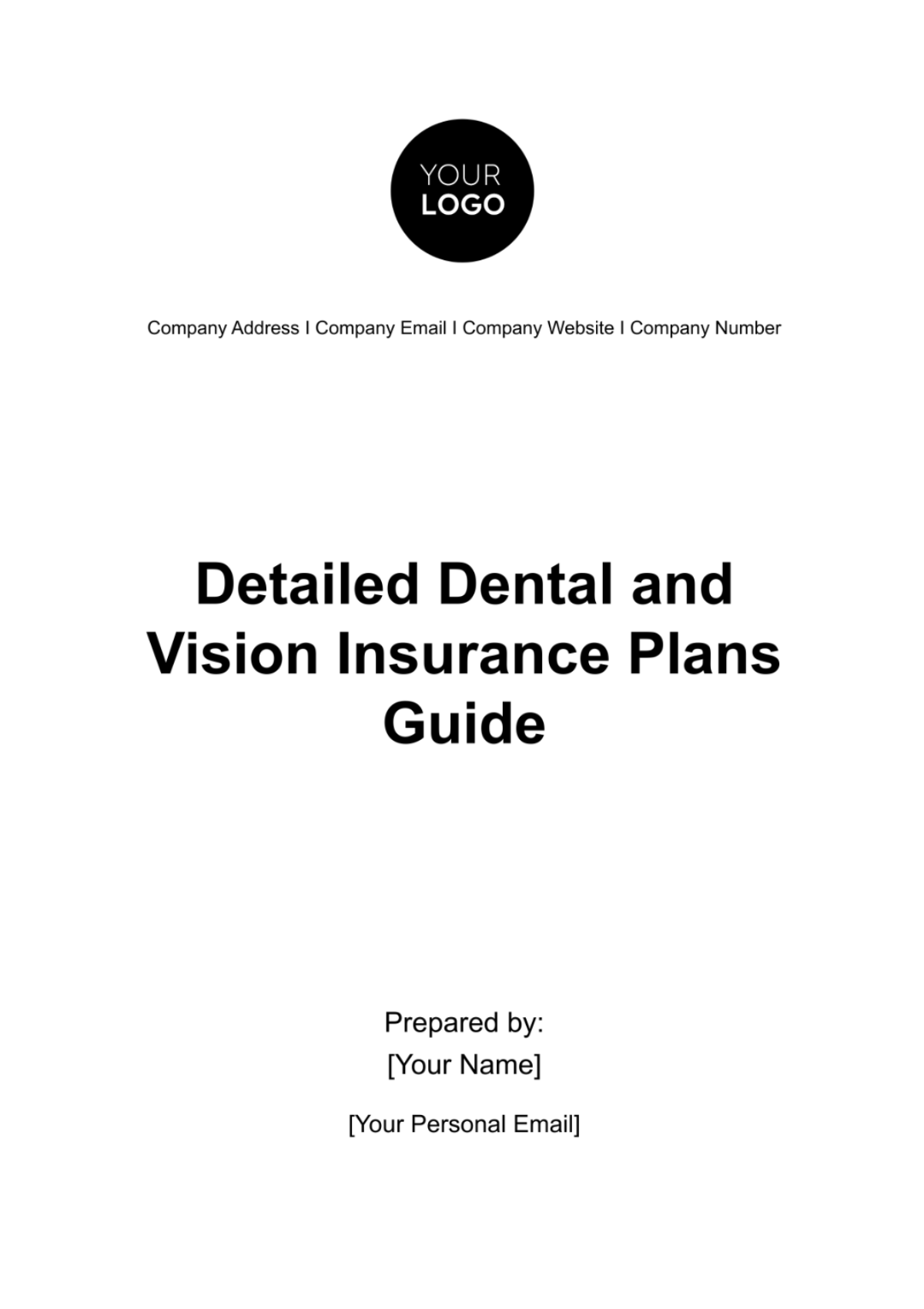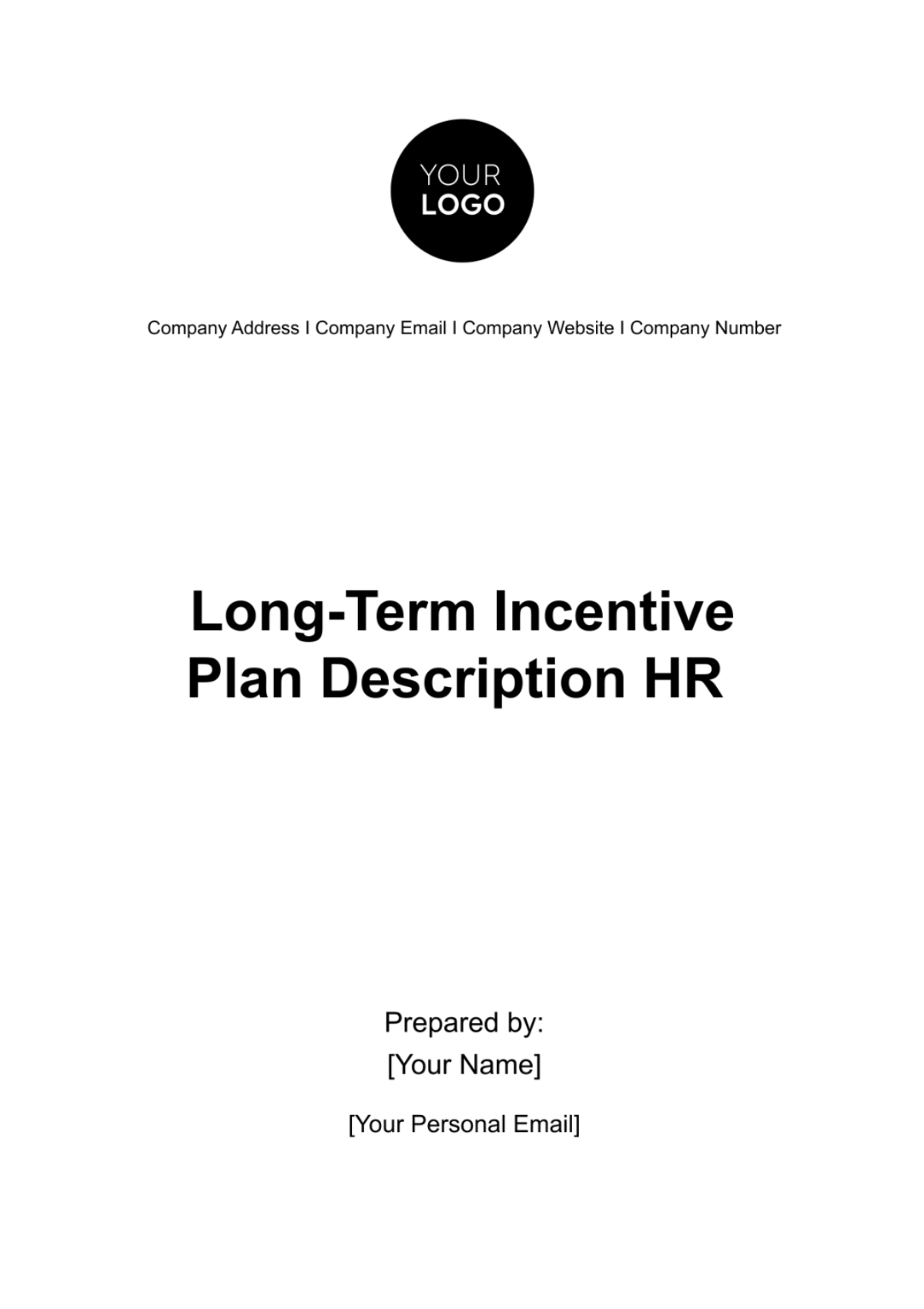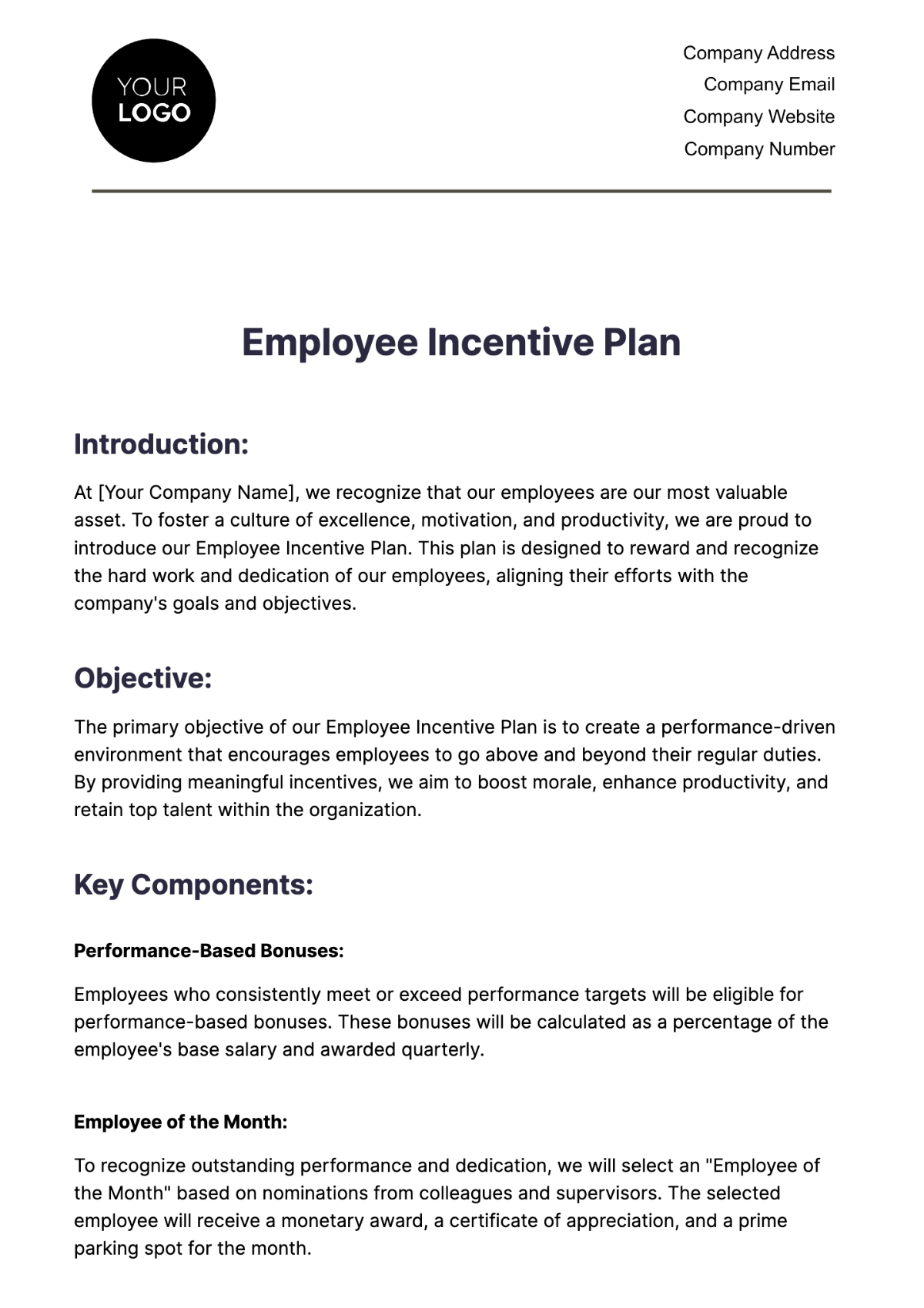Career Ladder & Performance Alignment Plan
TABLE OF CONTENTS
Section 1: Introduction..........................................................................................3
1.1: Purpose......................................................................................................................3
1.2: Scope........................................................................................................................3
Section 2: Career Progression Framework...........................................................3
2.1: Career Levels...........................................................................................................3
2.2: Criteria for Advancement......................................................................................3
2.3: Promotion Criteria..................................................................................................4
Section 3: Performance Alignment..................................................................... 4
3.1: Goal Setting.............................................................................................................4
3.2: Performance Metrics..............................................................................................4
3.3: Continuous Feedback............................................................................................4
Section 4: Skills Development..............................................................................5
4.1: Training and Development......................................................................................5
4.2: Skill Gap Analysis....................................................................................................5
4.3: Certification Programs............................................................................................5
4.4: Cross-Training Initiatives........................................................................................5
Section 5: Mentorship and Coaching....................................................................6
5.1: Mentorship Programs...............................................................................................6
5.2: Coaching Initiatives.................................................................................................6
5.3: Peer Coaching Networks........................................................................................6
5.4: External Coaching Resources................................................................................6
Section 6: Recognition and Rewards.....................................................................7
6.1: Recognition Programs..............................................................................................7
6.2: Compensation Alignment........................................................................................7
6.3: Peer Recognition Programs....................................................................................7
Section 7: Career Pathing......................................................................................7
7.1: Individual Development Plans..................................................................................7
7.2: Cross-Functional Opportunities.............................................................................8
7.3: Career Counseling Services...................................................................................8
7.4: Tailored Learning Pathways....................................................................................8
Section 8: Performance Reviews and Assessments............................................8
8.1: Annual Performance Reviews.................................................................................8
8.2: Mid-Year Check-Ins.................................................................................................8
8.3: 360-Degree Feedback............................................................................................9
Section 9: Succession Planning............................................................................9
9.1: Identifying Successors............................................................................................9
9.2: Leadership Development........................................................................................9
Section 10: Monitoring and Evaluation.................................................................9
10.1: Continuous Improvement.......................................................................................9
10.2: Key Performance Indicators (KPIs).....................................................................10
Section 1: Introduction
1.1: Purpose
The purpose of this Career Ladder & Performance Alignment Plan is to outline a structured framework for employee career development and performance alignment within our organization. This plan aims to provide a clear path for employees to advance in their careers while aligning their performance with organizational goals. By doing so, we intend to foster a motivated and skilled workforce, contributing to our company's long-term success and sustainability.
1.2: Scope
This plan applies to all employees in our organization, from entry-level positions to senior management. It encompasses all departments and functions, ensuring a consistent and equitable approach to career progression and performance alignment. Our commitment to nurturing talent and maintaining alignment with our mission and values underscores the plan's overarching scope.
Section 2: Career Progression Framework
2.1: Career Levels
Our organization recognizes four distinct career levels: Entry-Level, Intermediate, Senior, and Leadership. These levels offer employees a clear roadmap for growth, instilling a sense of purpose and direction throughout their tenure with the company. As employees progress through these levels, they will not only gain expertise in their respective roles but also assume greater responsibility and contribute significantly to our organizational objectives.
2.2: Criteria for Advancement
We will base the Advancement between career levels on a combination of performance, skills development, and tenure. This holistic approach ensures that career progression is not solely reliant on one aspect but rather acknowledges the multifaceted contributions of our employees. By considering these criteria, we aim to create a transparent and fair process for promotion.
2.3: Promotion Criteria
Promotion criteria for each career level will include performance evaluations, leadership potential, technical skills, and alignment with organizational values. These criteria serve as the foundation for objective decision-making, promoting meritocracy, and ensuring that we are not basing our promotions on tenure but on an employee's ability to drive success in their role and embody our organization's core principles.
Section 3: Performance Alignment
3.1: Goal Setting
Employees will work with their managers to set clear and measurable performance goals aligned with departmental and organizational objectives. This collaborative goal-setting process promotes engagement, ownership, and a shared sense of purpose among employees, ensuring that their efforts contribute meaningfully to the company's broader goals.
3.2: Performance Metrics
We will establish key performance metrics for each role to track progress and ensure alignment with broader organizational goals. Regularly monitoring these metrics not only enables employees to gauge their performance but also provides the organization with real-time insights to make informed decisions, refine strategies, and adapt to evolving market conditions.
3.3: Continuous Feedback
We will conduct regular performance feedback sessions to provide employees with guidance, address concerns, and celebrate achievements. This ongoing dialogue between managers and employees fosters a culture of improvement and ensures that performance stays on course. It also provides opportunities to recognize and reward exceptional efforts, further motivating our workforce.
Section 4: Skills Development
4.1: Training and Development
Employees will have access to training and development opportunities to enhance the skills and competencies required for their current and future roles. This commitment to ongoing learning underscores our dedication to employee growth and adaptability in an ever-evolving business landscape. We believe that investing in our employees' professional development not only benefits them individually but also strengthens our organization as a whole.
4.2: Skill Gap Analysis
We will conduct regular skill gap assessments to identify areas for improvement and align individual development plans with organizational needs. These assessments serve as a proactive approach to ensure that our employees are equipped with the most relevant skills, reducing skill gaps and enhancing our overall competitiveness. By addressing skill gaps early on, we aim to keep our workforce agile and responsive to changing industry demands.
4.3: Certification Programs
To support skill development, we will introduce certification programs that allow employees to gain industry-recognized qualifications. These certifications will not only enhance individual expertise but also contribute to our organization's reputation for excellence, attracting clients and partners who value our highly skilled workforce.
4.4: Cross-Training Initiatives
Cross-training opportunities will be encouraged, enabling employees to broaden their skill set by learning aspects of other roles within the organization. This approach fosters a more versatile workforce, enhances teamwork, and provides employees with a deeper understanding of our organization's interconnected functions.
Section 5: Mentorship and Coaching
5.1: Mentorship Programs
We will establish mentorship programs to connect employees with experienced mentors who can provide guidance and support in their career journeys. These programs encourage knowledge transfer, foster a sense of belonging, and promote personal and professional growth. The mentorship experience will not only benefit mentees but also enrich mentors' leadership and coaching skills.
5.2: Coaching Initiatives
We will implement coaching initiatives to help employees develop leadership skills, enhance performance, and address specific challenges. We have designed our coaching approach to empower employees to take ownership of their development, equipping them with the tools and strategies needed to overcome obstacles and excel in their roles. We will personalize these initiatives to address individual needs and career aspirations.
5.3: Peer Coaching Networks
We will encourage the formation of peer coaching networks where employees can support and learn from each other. These networks provide an additional avenue for skill development and problem-solving, fostering a culture of collaboration and continuous improvement.
5.4: External Coaching Resources
In addition to internal coaching, employees will have access to external coaching resources and professionals to provide fresh perspectives and insights. External coaching can offer a valuable perspective that complements our internal coaching efforts and encourages innovative thinking.
Section 6: Recognition and Rewards
6.1: Recognition Programs
Our organization will implement recognition programs to acknowledge and reward employees who consistently perform at a high level. This recognition extends beyond financial incentives to include public recognition, awards, and career advancement opportunities. By celebrating achievements and contributions, we aim to create a culture where excellence is not only expected but also celebrated and valued.
6.2: Compensation Alignment
Compensation and benefits packages will be structured to align with career progression, performance, and market competitiveness. Our commitment to equitable and competitive compensation ensures that employees are rewarded fairly for their contributions and motivated to excel in their roles. We recognize that compensation is a vital component of employee engagement and retention.
6.3: Peer Recognition Programs
We will introduce peer recognition programs that allow employees to nominate and acknowledge their colleagues for outstanding contributions. Peer recognition fosters a sense of camaraderie and encourages a culture of appreciation and teamwork, enhancing overall employee morale and motivation.
Section 7: Career Pathing
7.1: Individual Development Plans
Employees will work with their managers to create individual development plans that outline their career goals and steps to achieve them. These personalized plans empower employees to take charge of their careers, with the support and guidance of their managers. We believe that empowering employees to shape their career paths is key to long-term job satisfaction and commitment.
7.2: Cross-Functional Opportunities
We encourage employees to explore cross-functional assignments and projects to broaden their skills and experience. These opportunities not only enrich an employee's knowledge but also enhance their adaptability and problem-solving abilities. Encouraging cross-functional collaboration aligns with our commitment to fostering a diverse and versatile workforce.
7.3: Career Counseling Services
To further support employees in their career pathing, we will provide access to career counseling services. These services offer professional guidance and resources to help employees navigate their career development, make informed decisions, and set realistic career goals.
7.4: Tailored Learning Pathways
We will develop tailored learning pathways for specific career tracks within the organization. These pathways will outline the recommended courses, experiences, and milestones for employees pursuing a particular career trajectory, ensuring clarity and alignment with their aspirations.
Section 8: Performance Reviews and Assessments
8.1: Annual Performance Reviews
We will conduct annual performance reviews to evaluate performance, provide feedback, and set goals for the upcoming year. These reviews offer a structured platform for discussing achievements, areas for improvement, and career aspirations. They serve as a pivotal moment for employees and managers to align on expectations and chart a course for continued success.
8.2: Mid-Year Check-Ins
We will hold mid-year check-in meetings to assess progress, address any challenges, and make necessary adjustments. These check-ins promote ongoing communication and agility in performance management. By addressing issues promptly and recognizing achievements mid-year, we ensure that our employees stay on track toward their goals and the organization's objectives.
8.3: 360-Degree Feedback
We will implement a 360-degree feedback mechanism as part of the performance review process. This allows employees to receive input from peers, subordinates, and managers, providing a more comprehensive view of their performance. 360-degree feedback promotes self-awareness and a well-rounded approach to professional development.
Section 9: Succession Planning
9.1: Identifying Successors
Succession planning will be a key element in ensuring a pipeline of talent for critical positions within the organization. Identifying potential successors and providing them with targeted development opportunities safeguards our ability to maintain business continuity and leadership stability in the face of inevitable changes.
9.2: Leadership Development
High-potential employees will be identified and provided with leadership development opportunities to prepare them for future leadership roles. Nurturing our future leaders is a strategic priority that ensures the organization remains agile and capable of addressing future challenges with a skilled and empowered leadership team.
Section 10: Monitoring and Evaluation
10.1: Continuous Improvement
We will regularly review and update this plan to ensure its effectiveness in aligning employee performance with organizational goals and facilitating career advancement. Our commitment to continuous improvement reflects our dedication to staying responsive to evolving business landscapes and employee needs, ensuring that this plan remains a dynamic and valuable tool for our organization.
10.2: Key Performance Indicators (KPIs)
We have established key performance indicators to measure the success of this plan in terms of career progression and performance alignment. These KPIs will serve as quantifiable benchmarks, allowing us to track progress, identify areas for enhancement, and celebrate the achievements of both our employees and our organization as a whole.
By implementing this Career Ladder & Performance Alignment Plan, we aim to foster a culture of growth, development, and excellence within our organization, ensuring that our employees are equipped to achieve their career aspirations while contributing to the overall success of the company.

